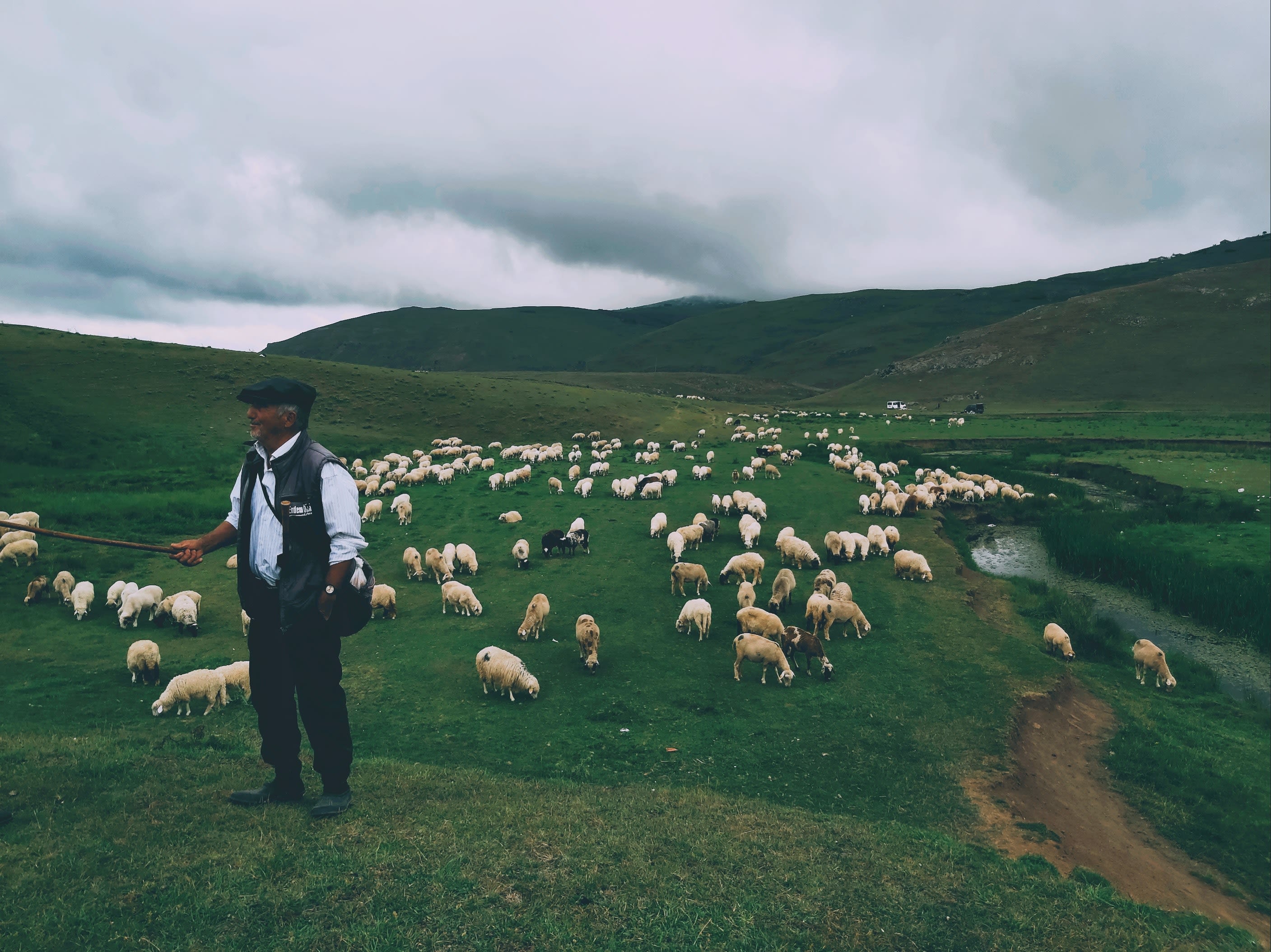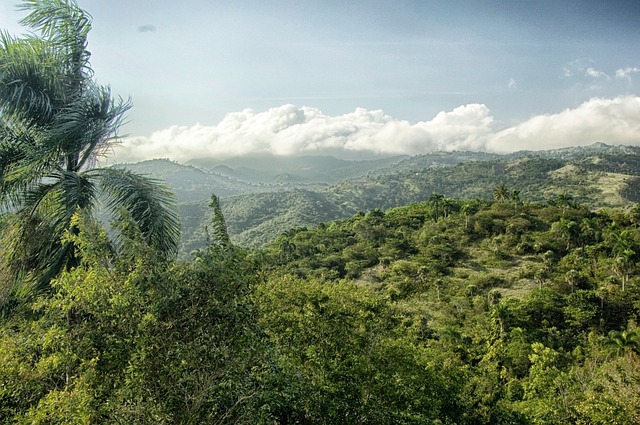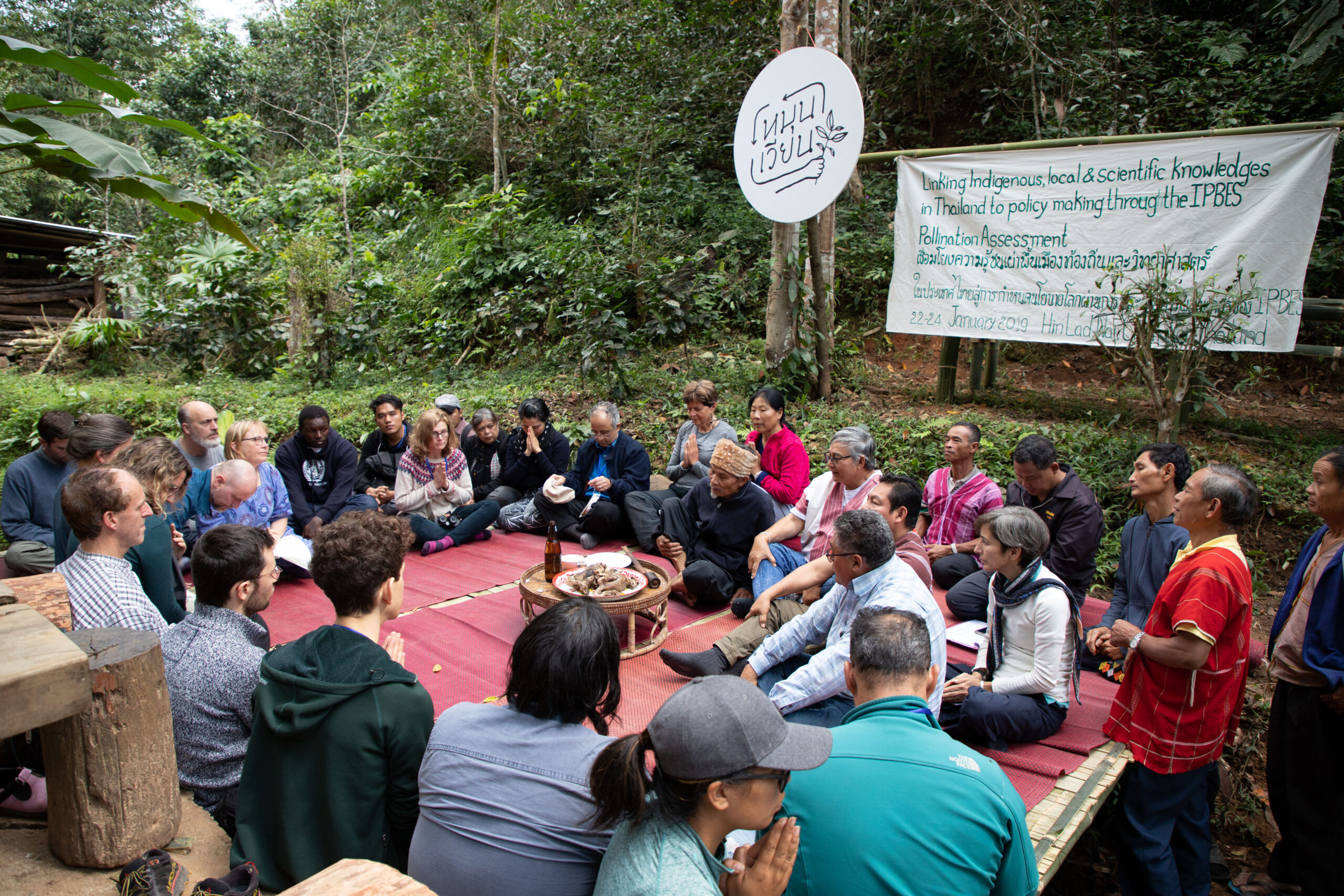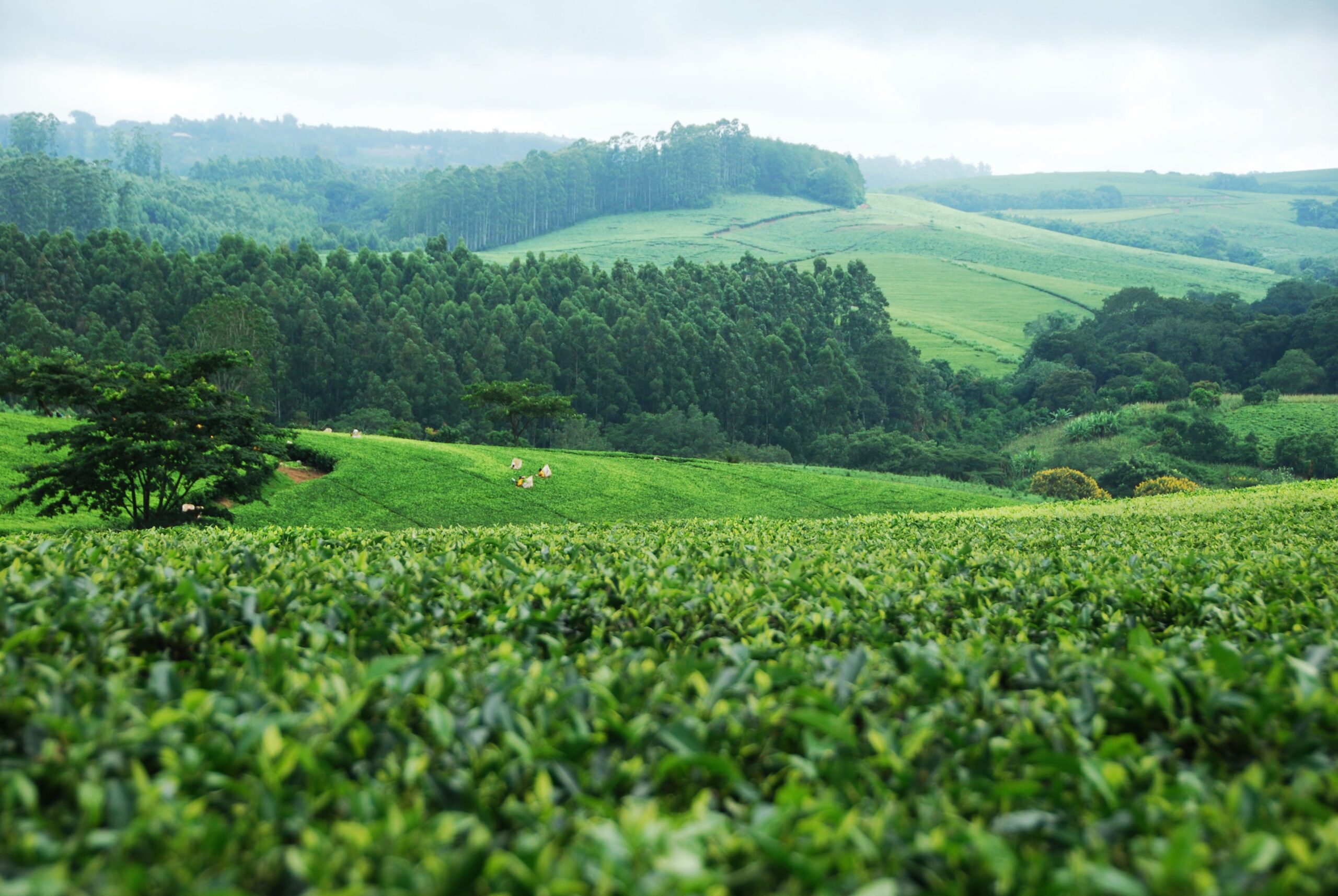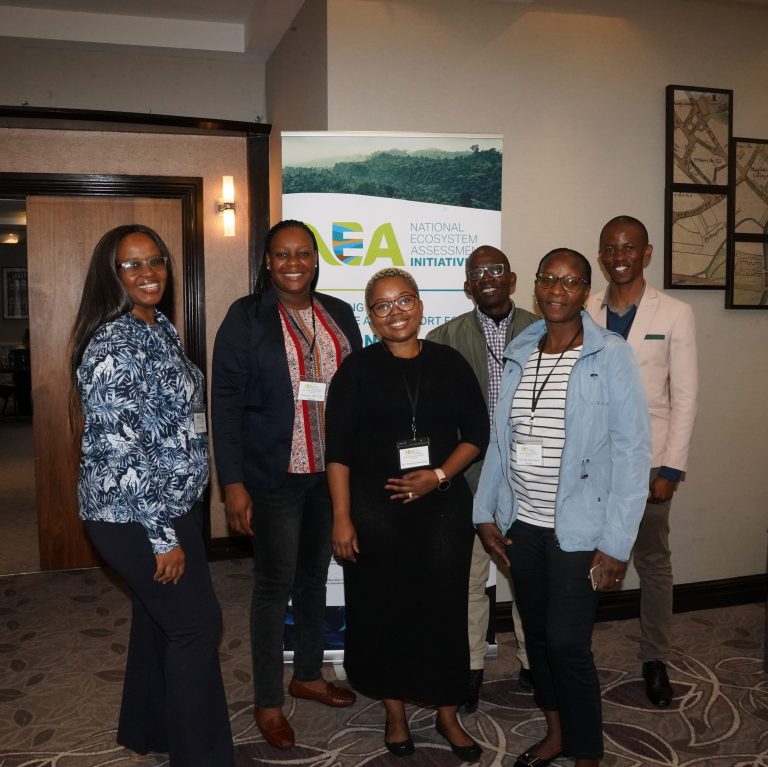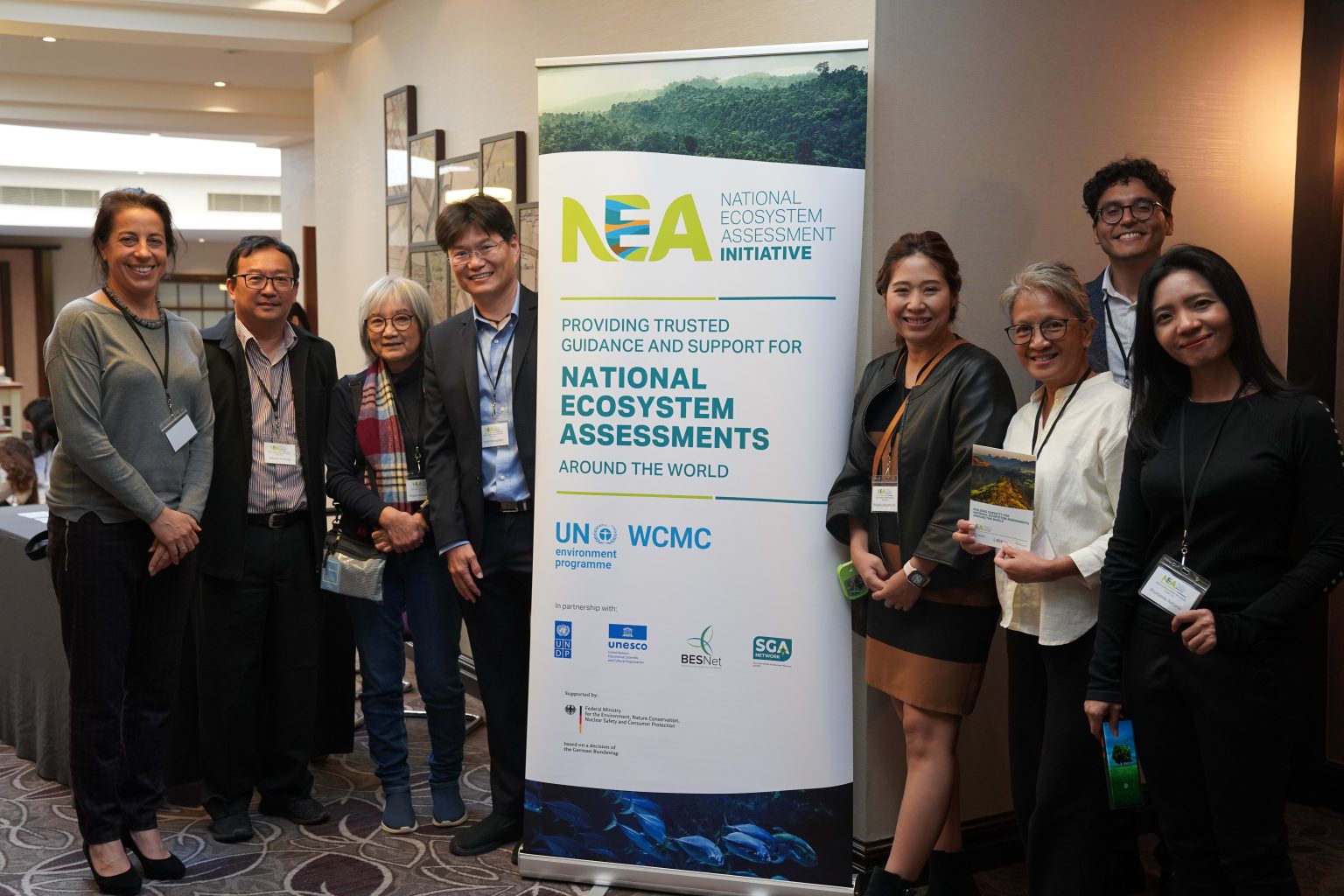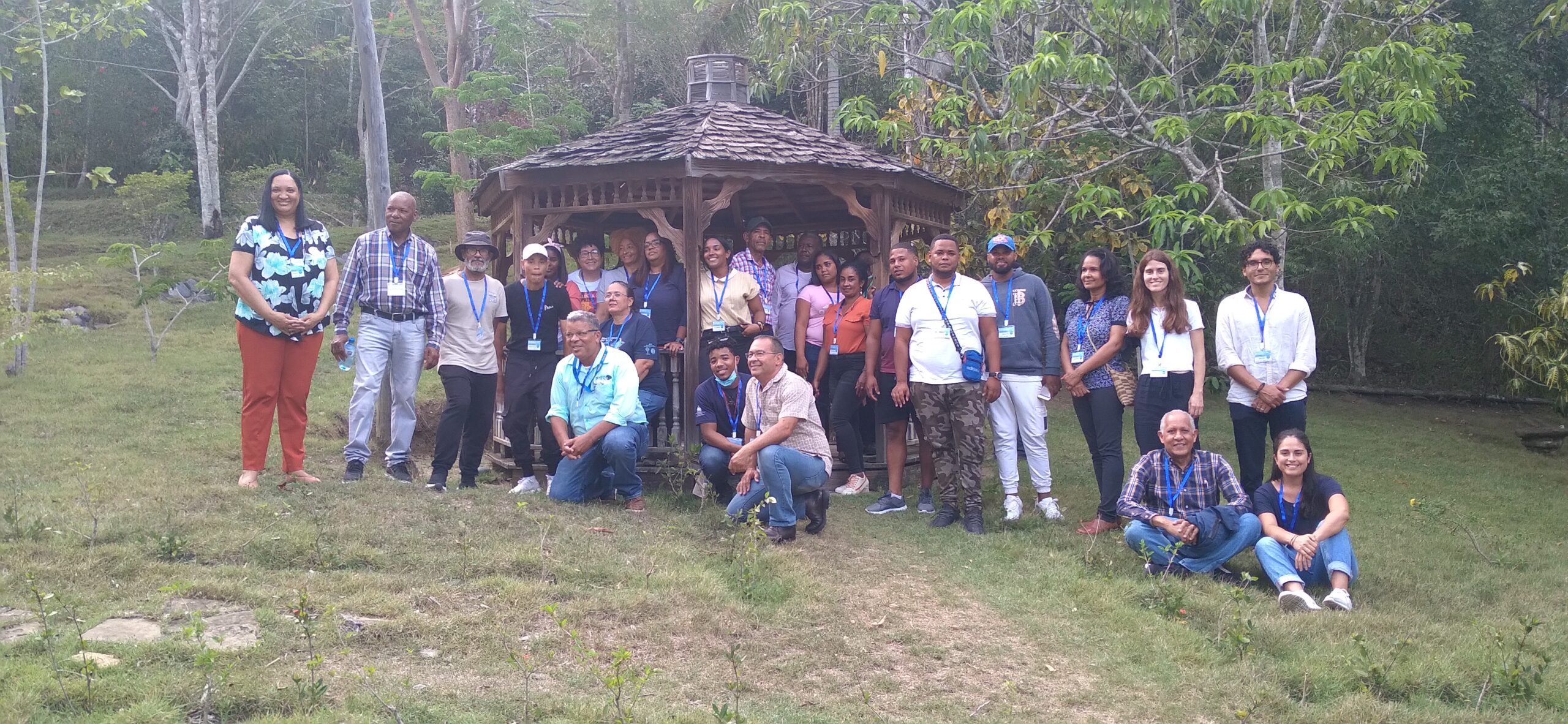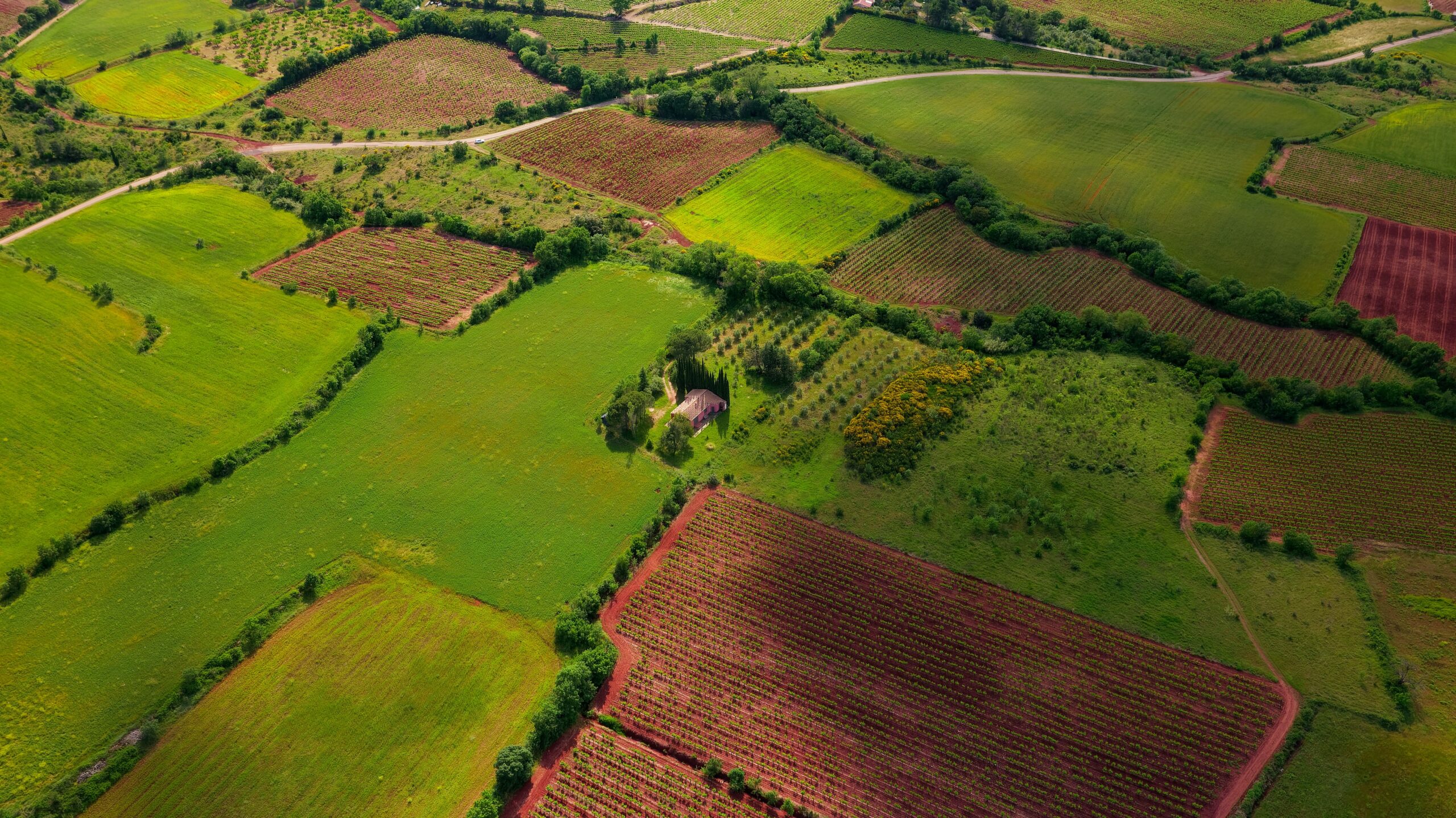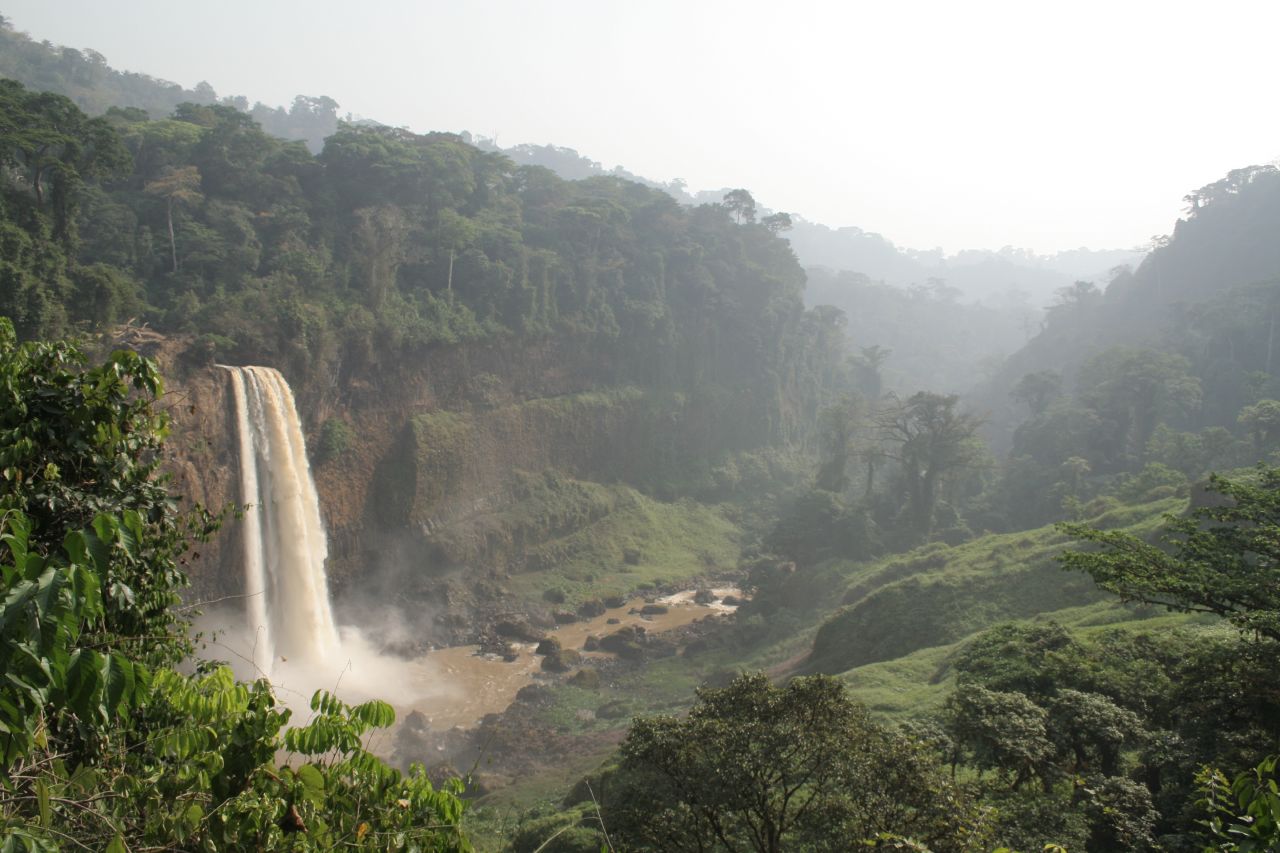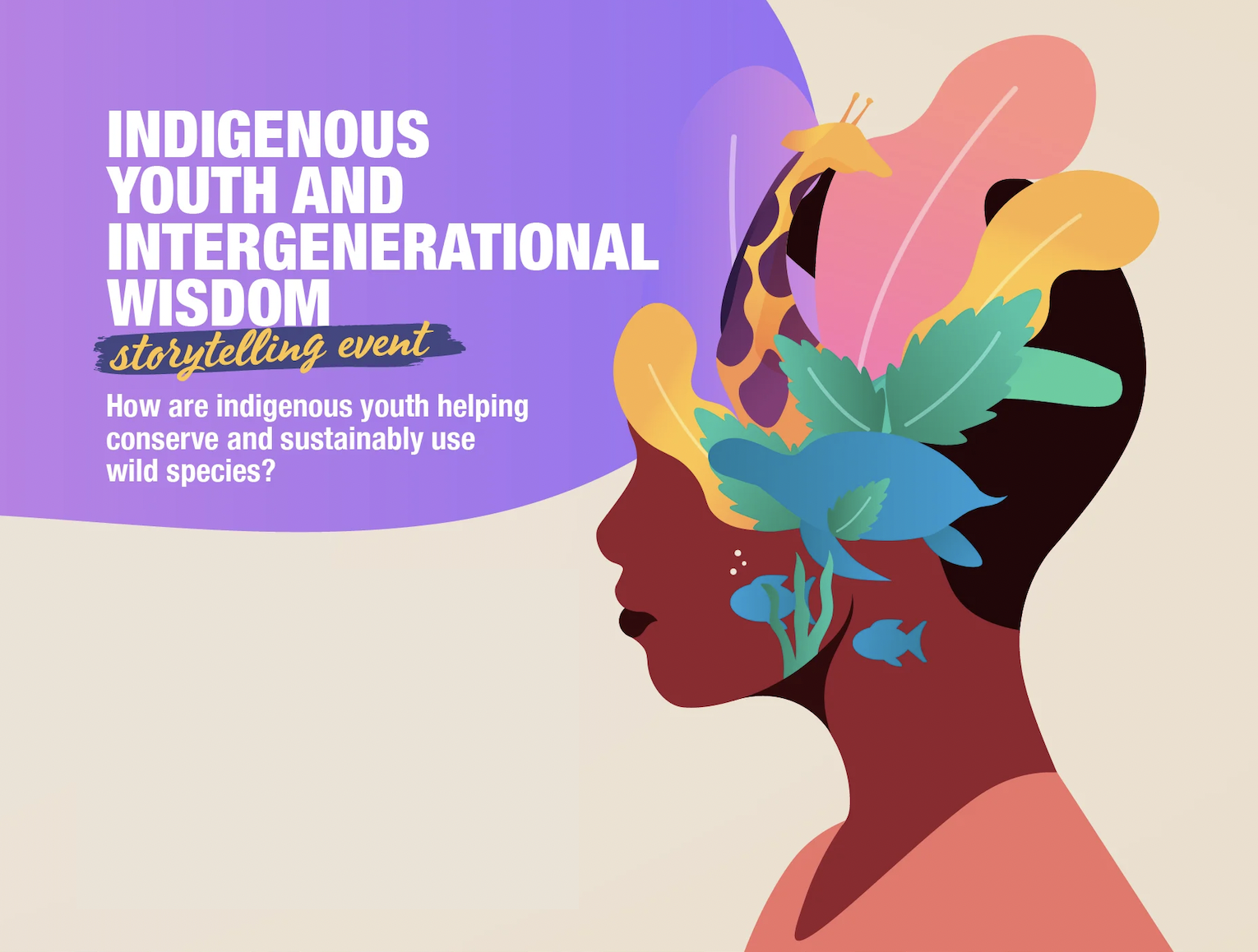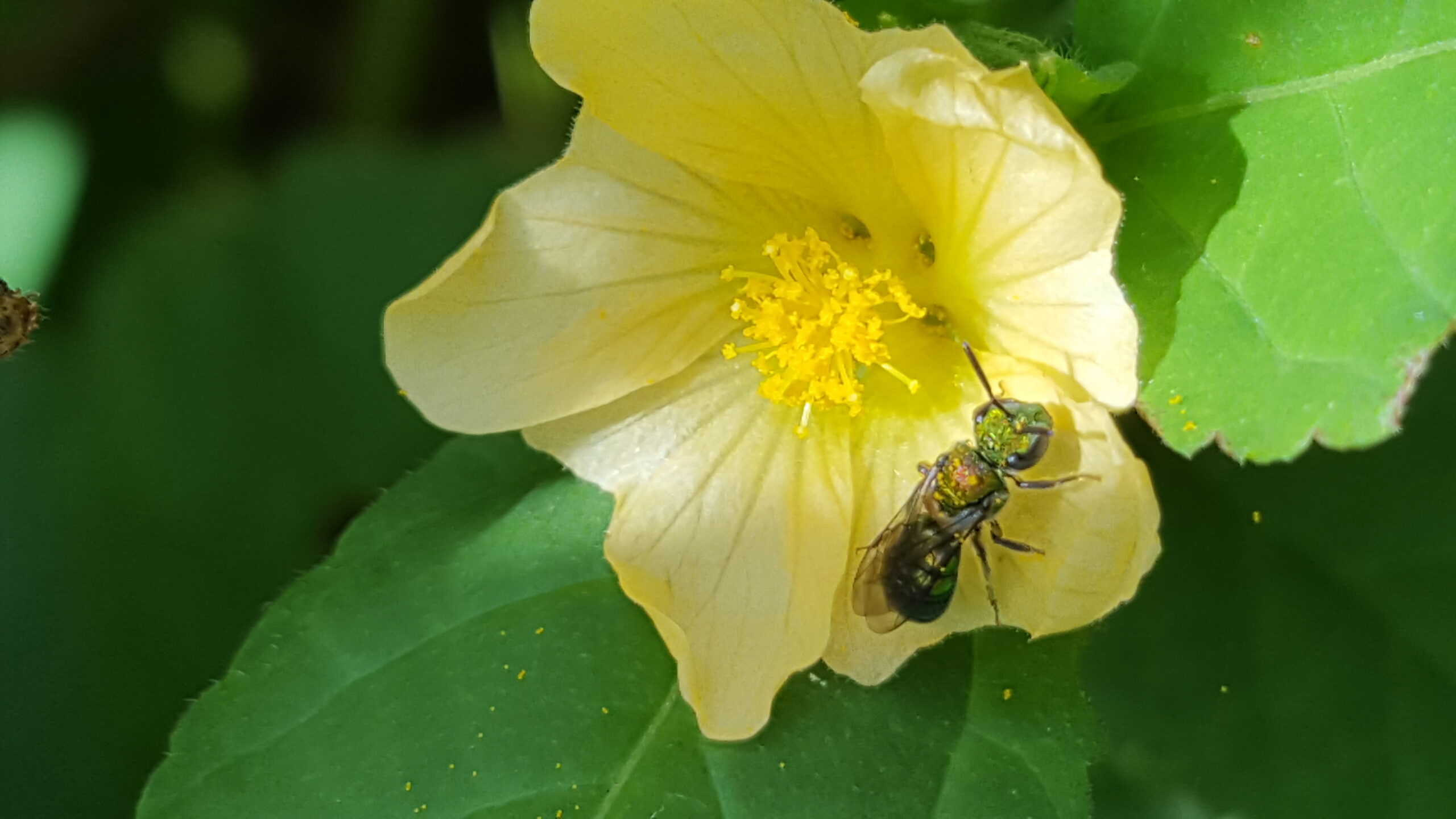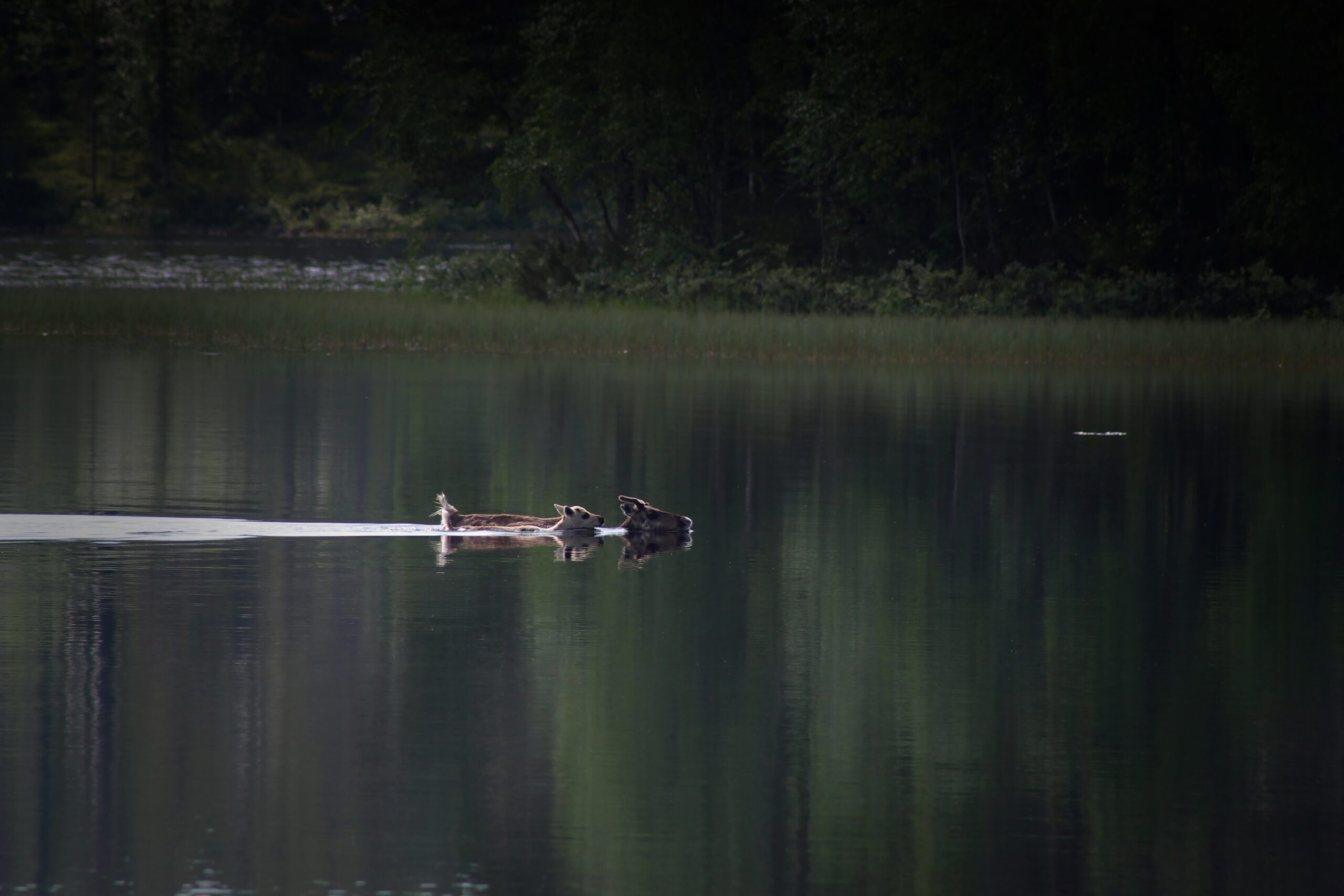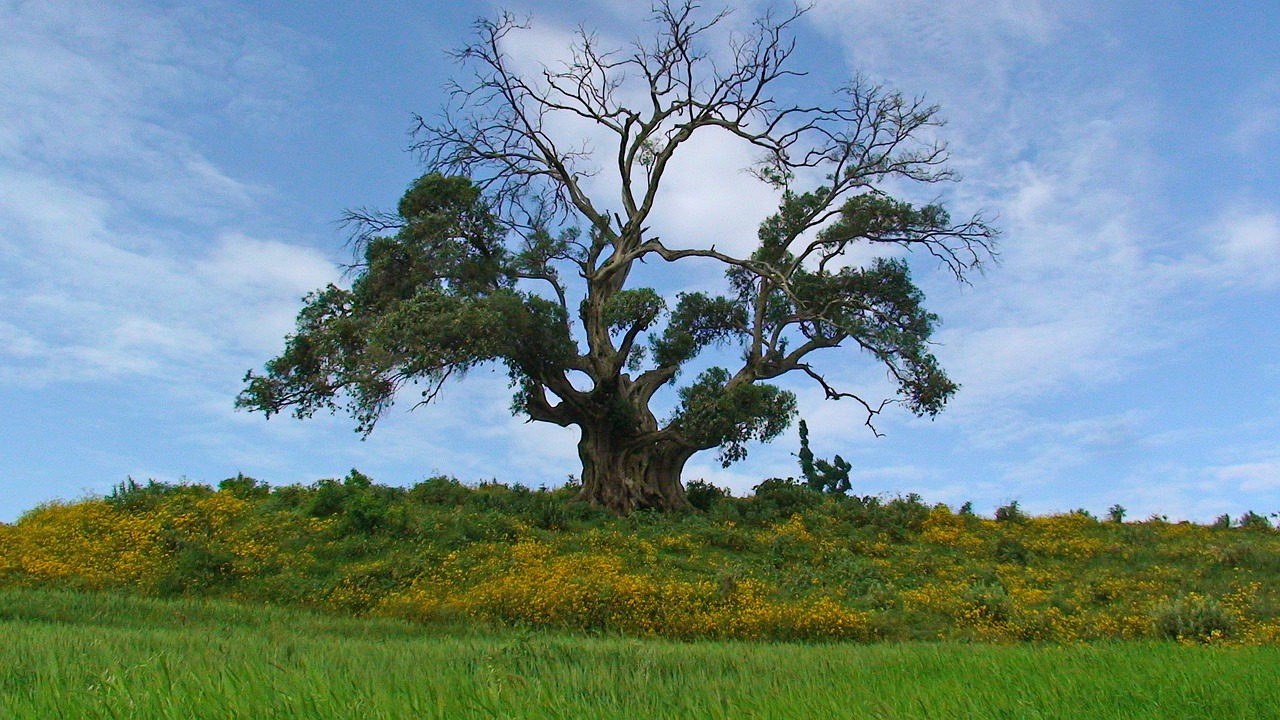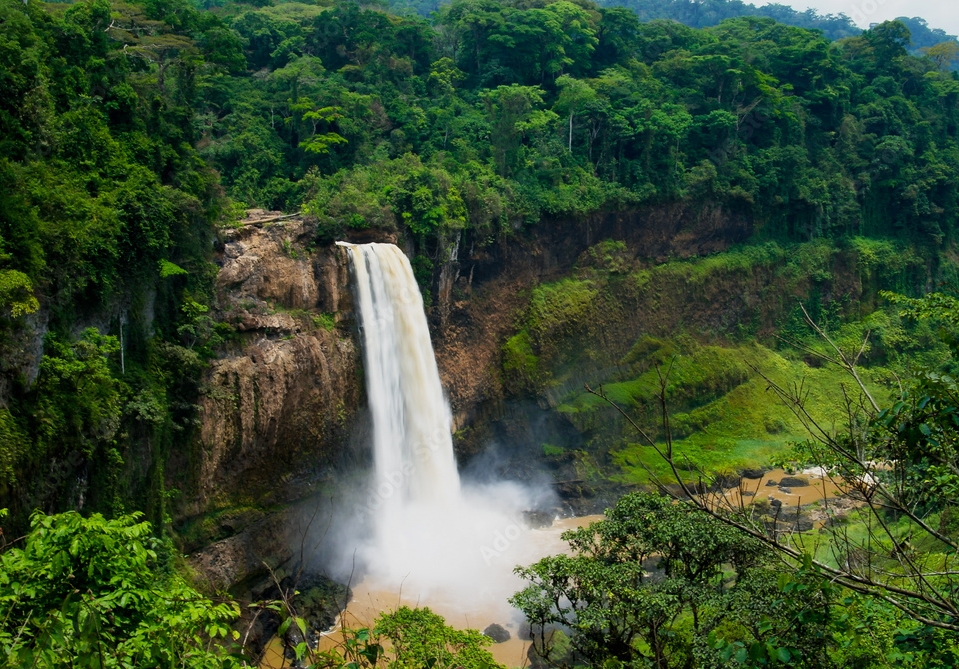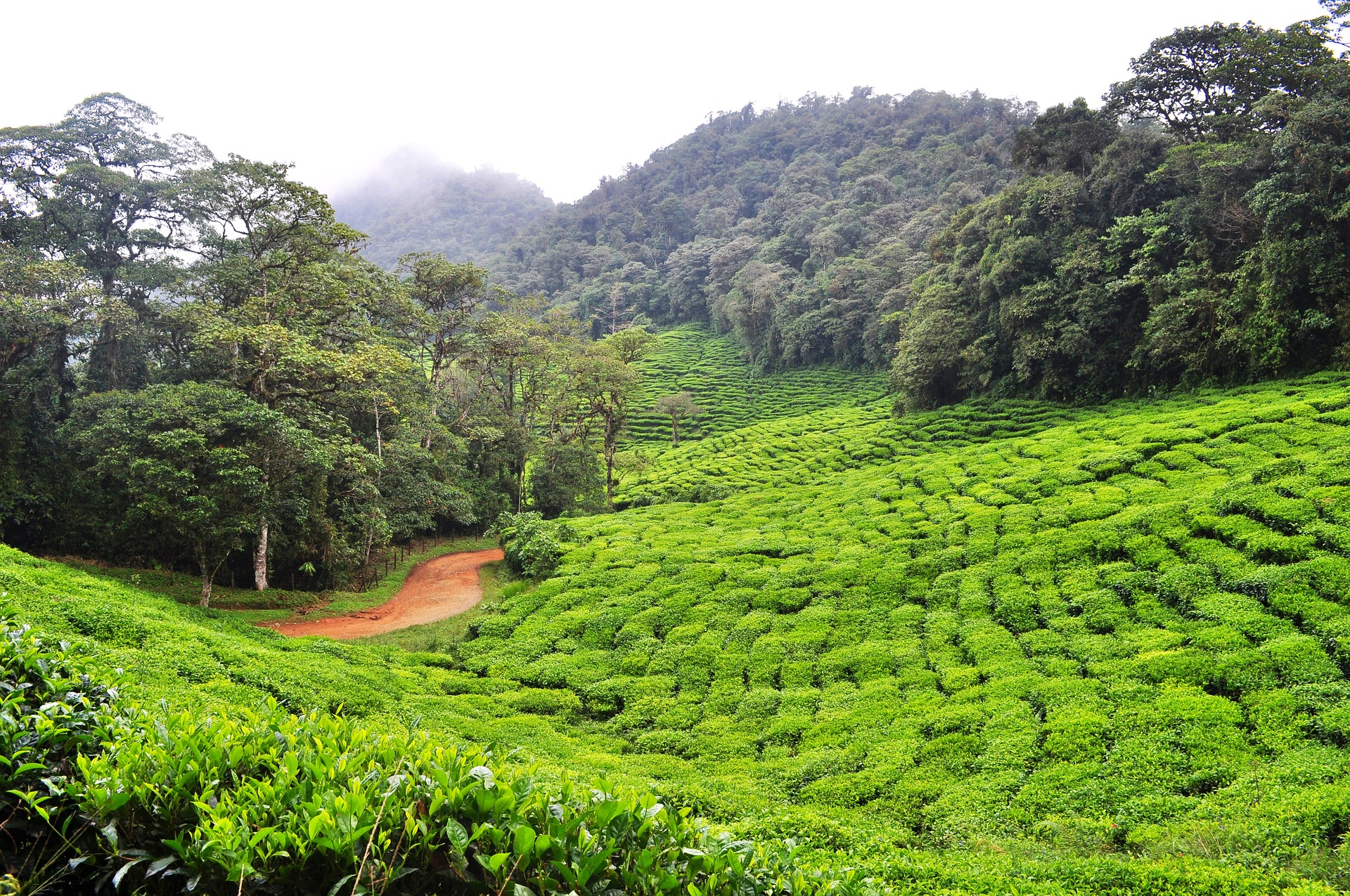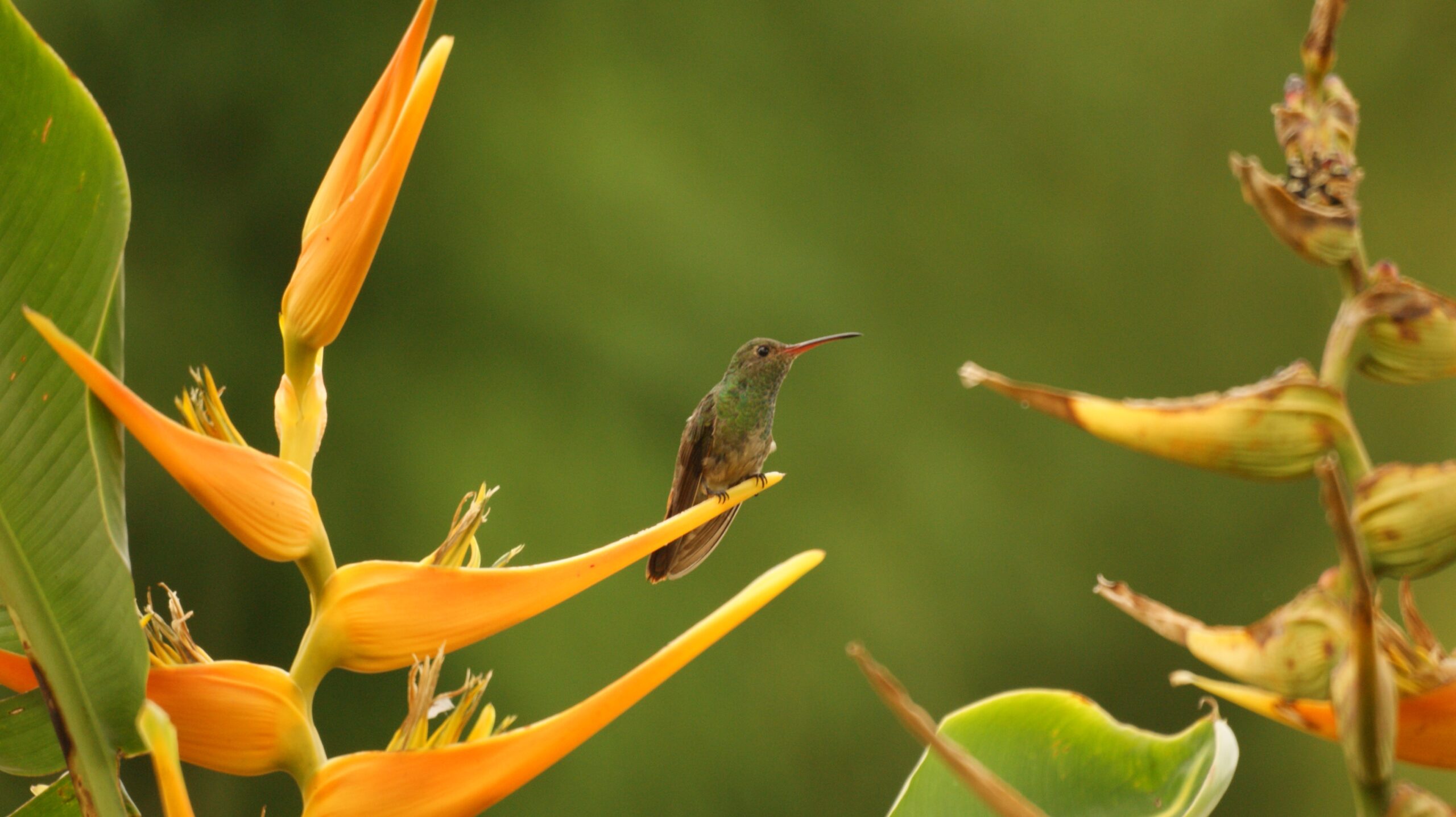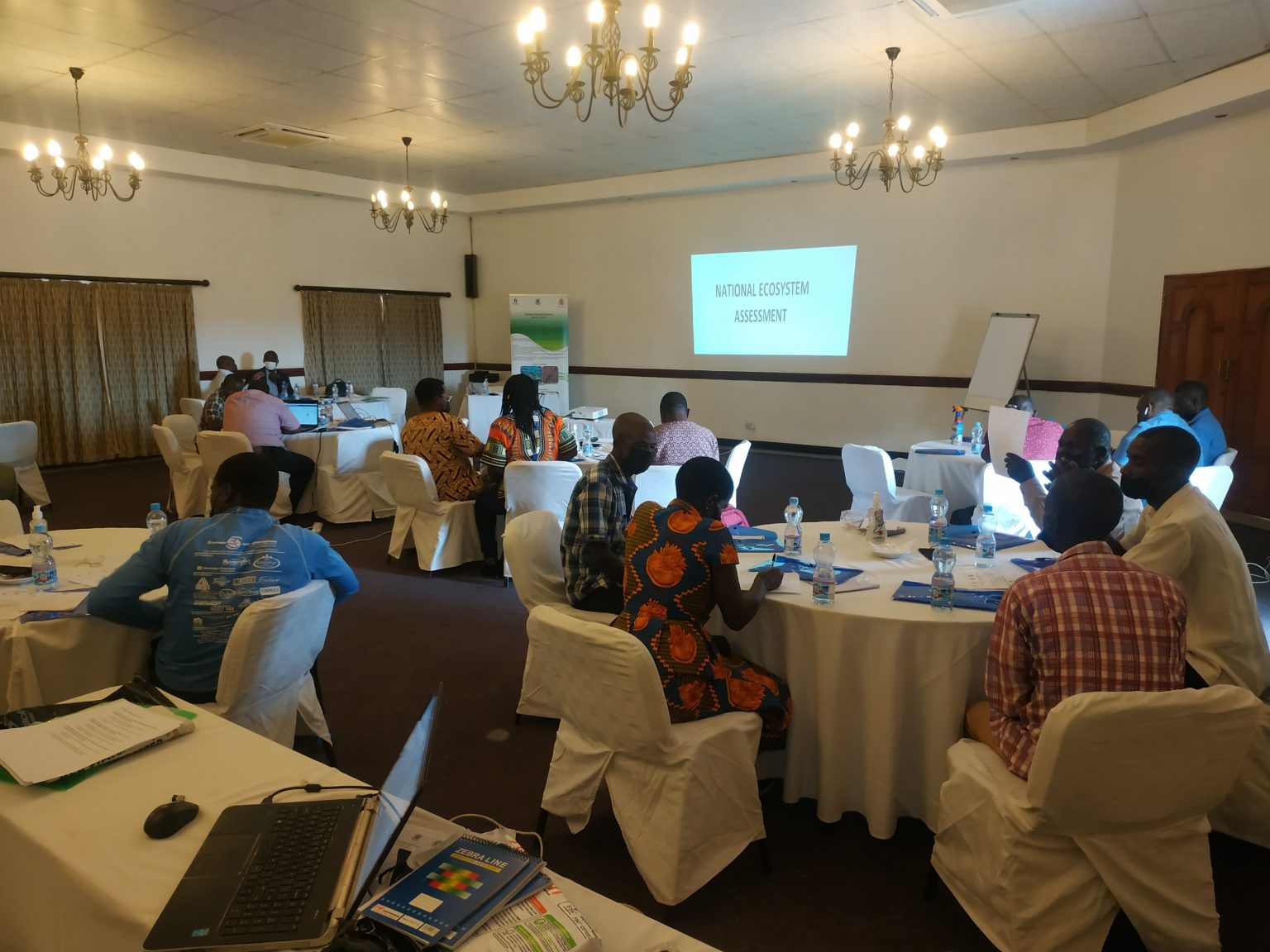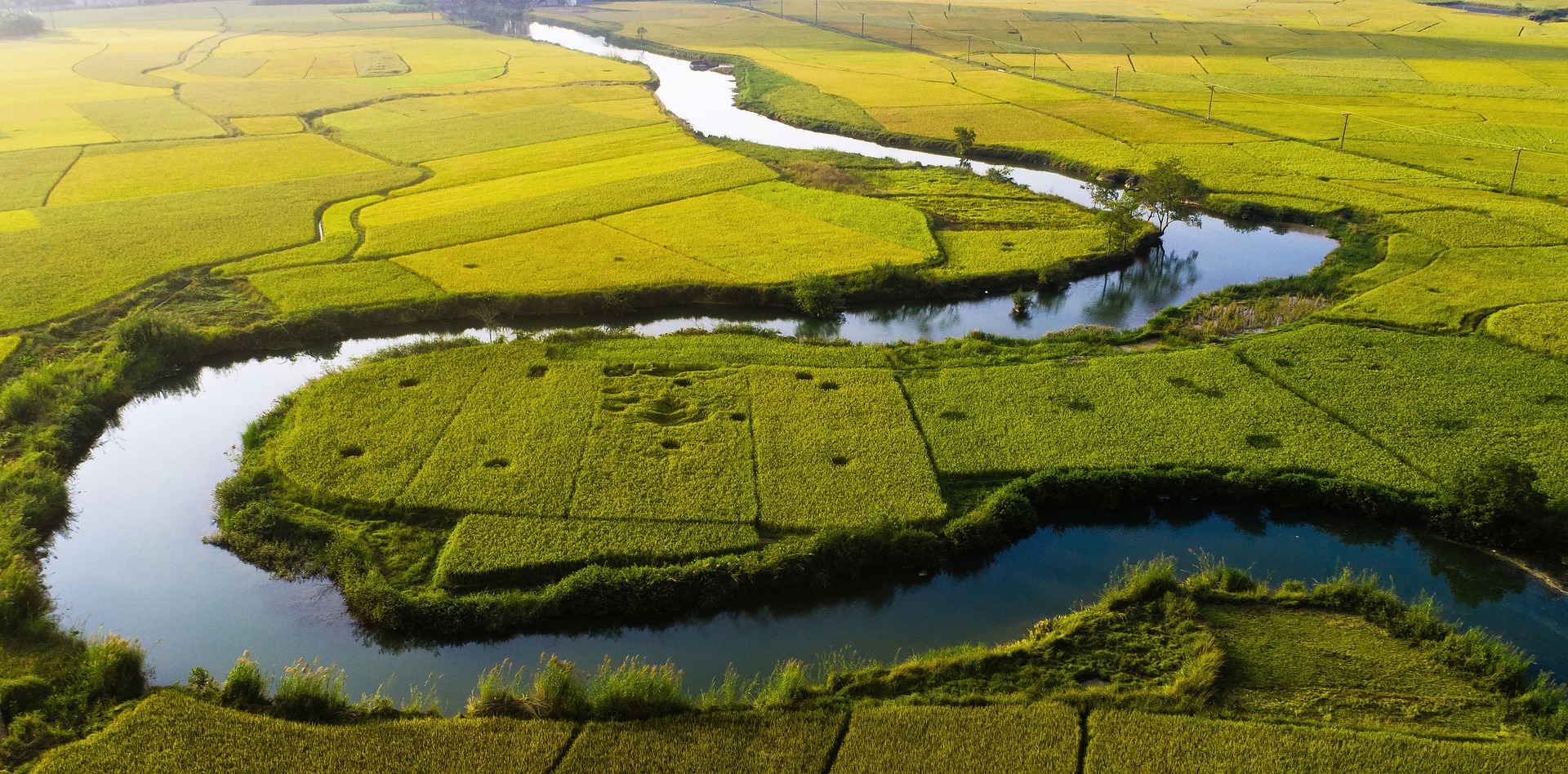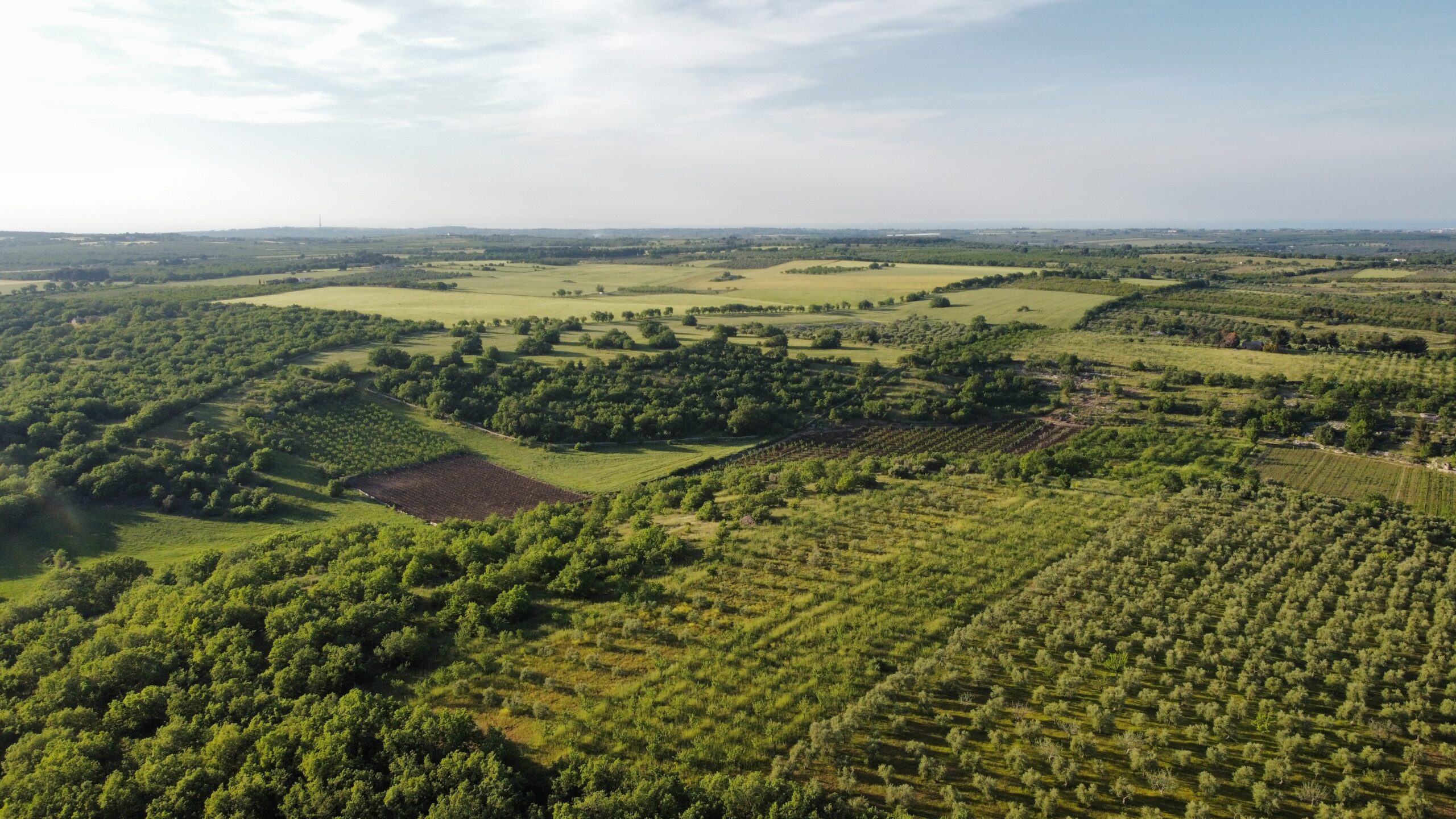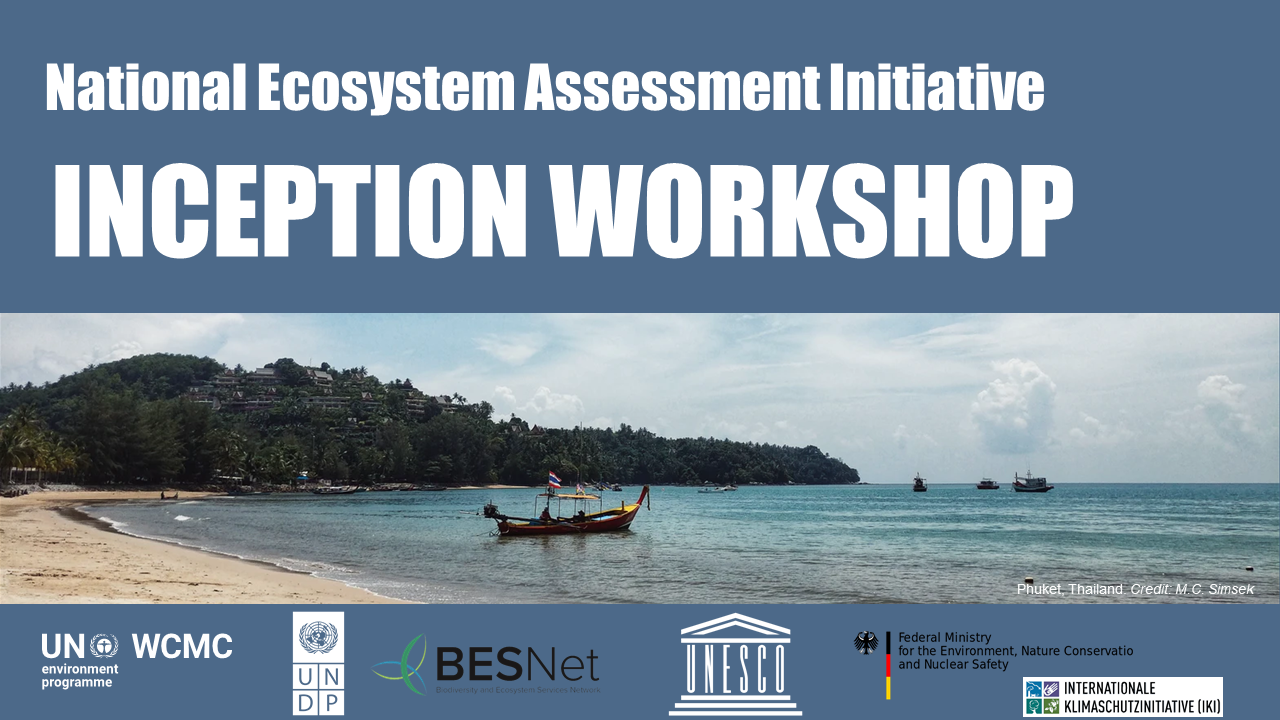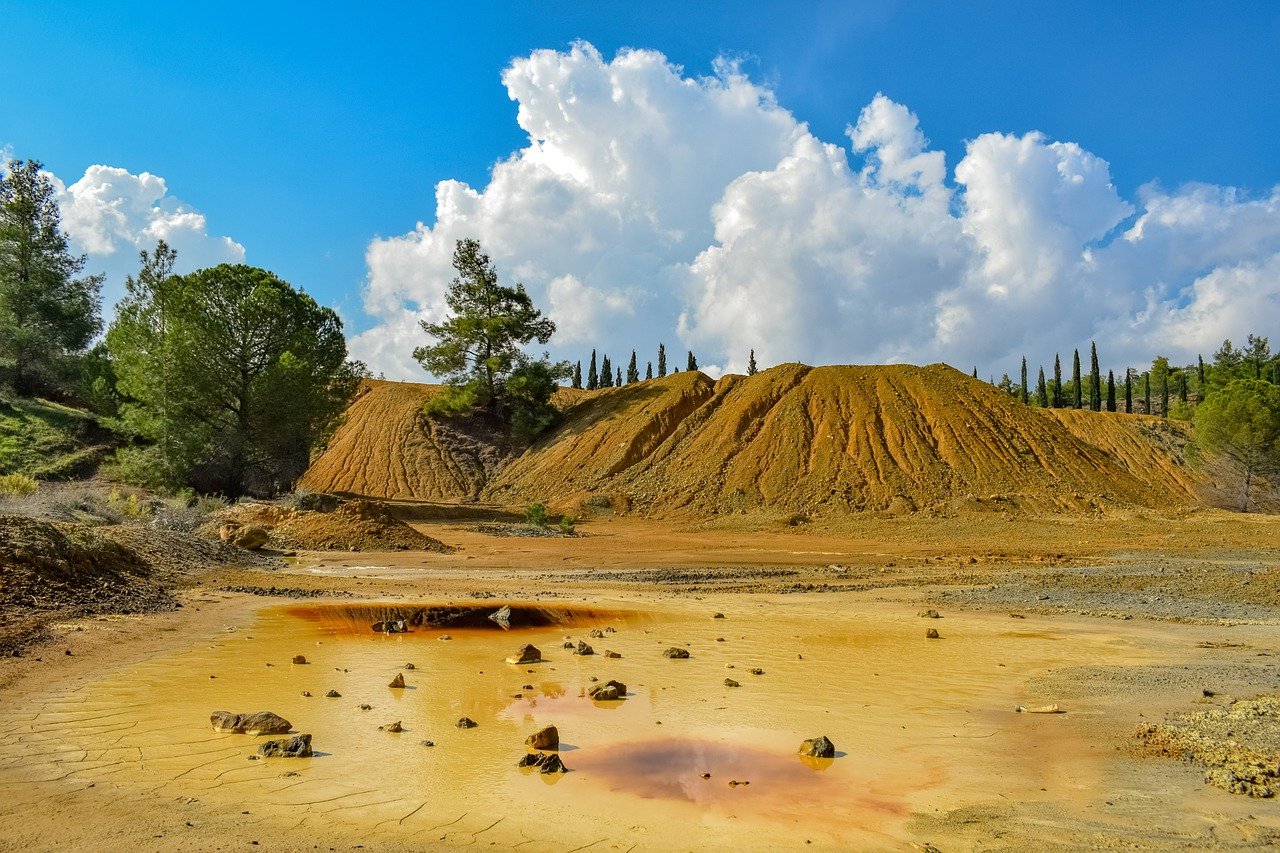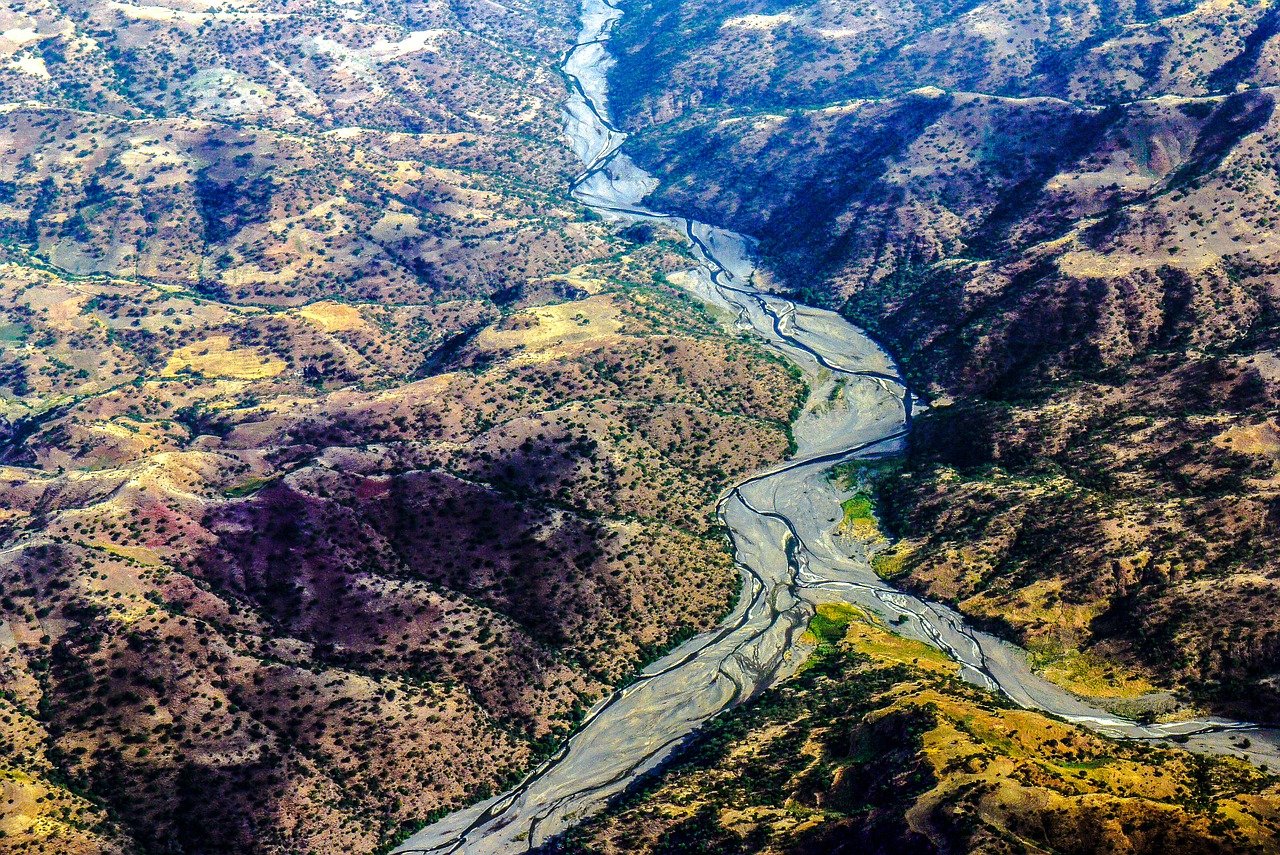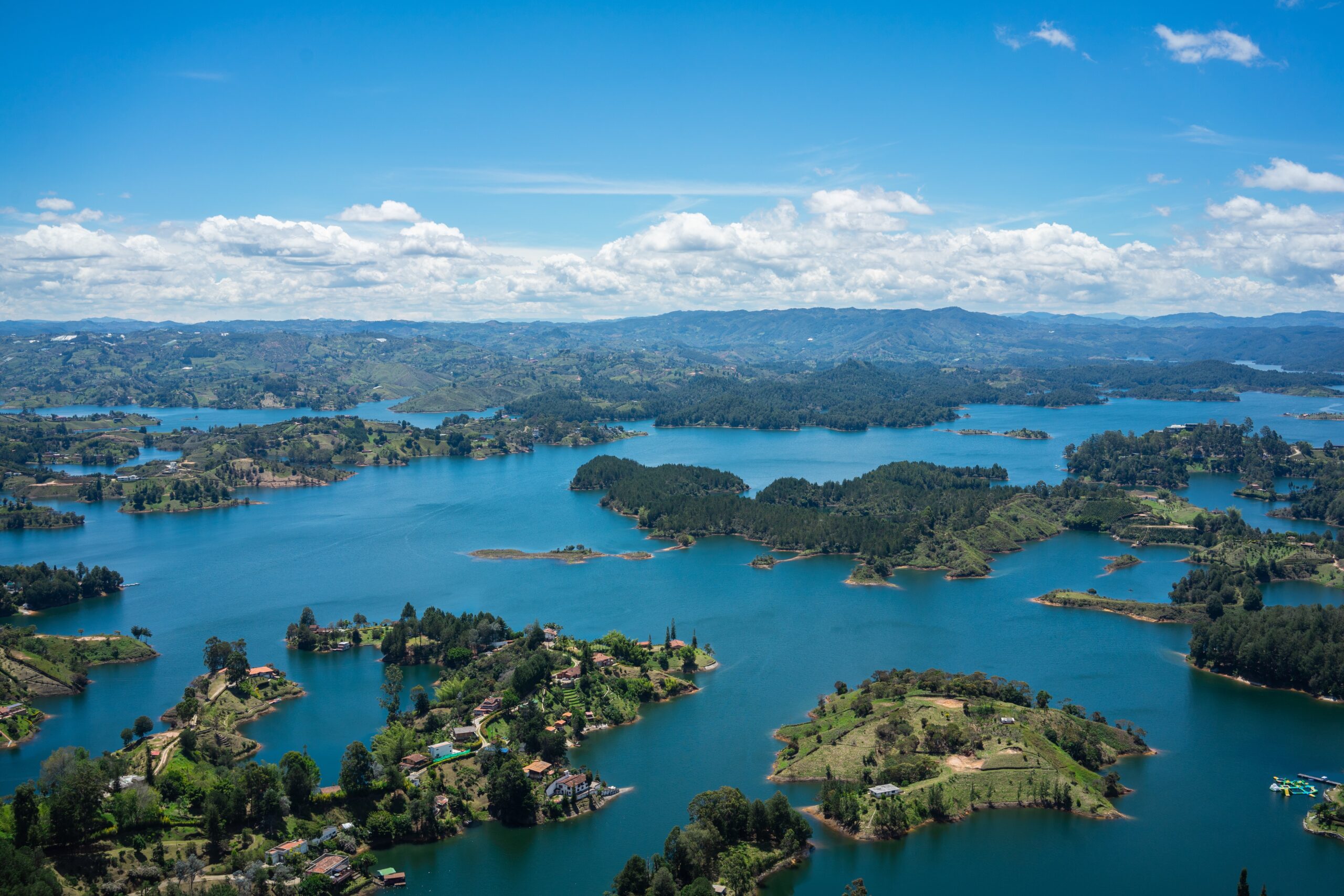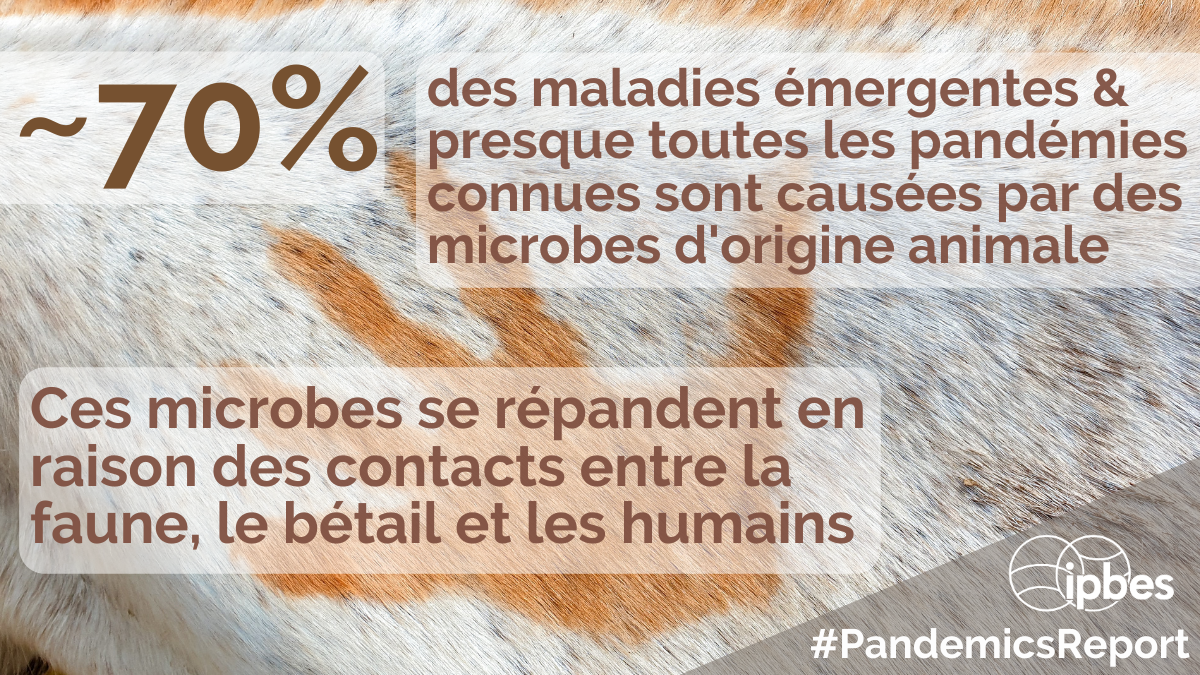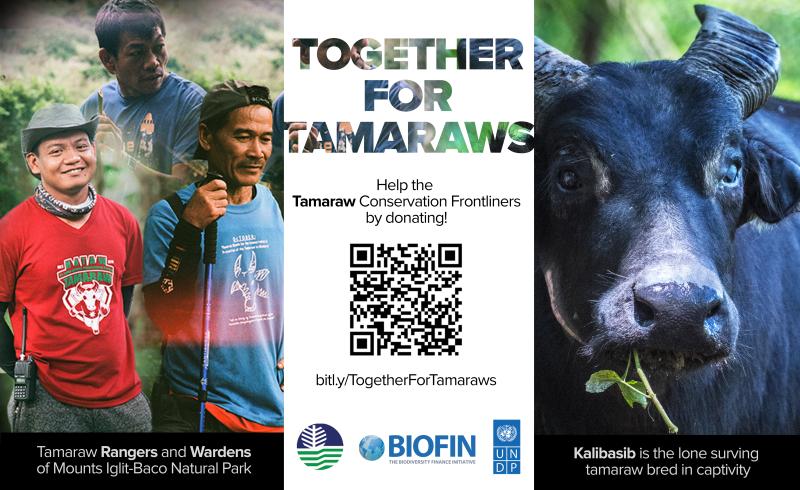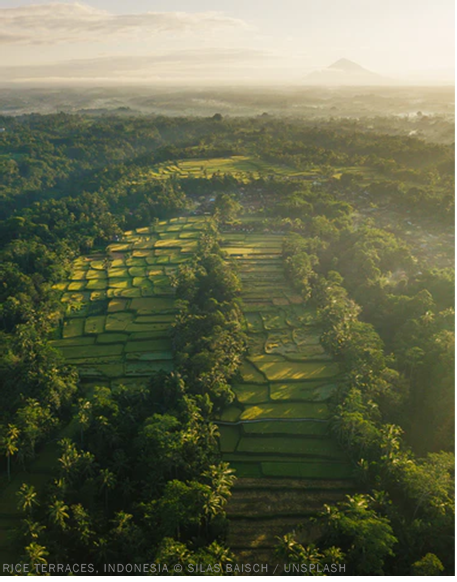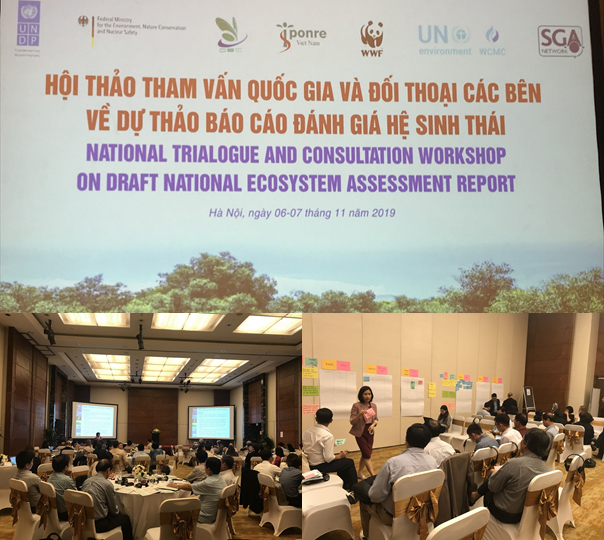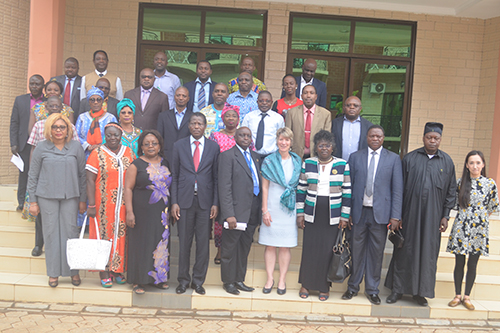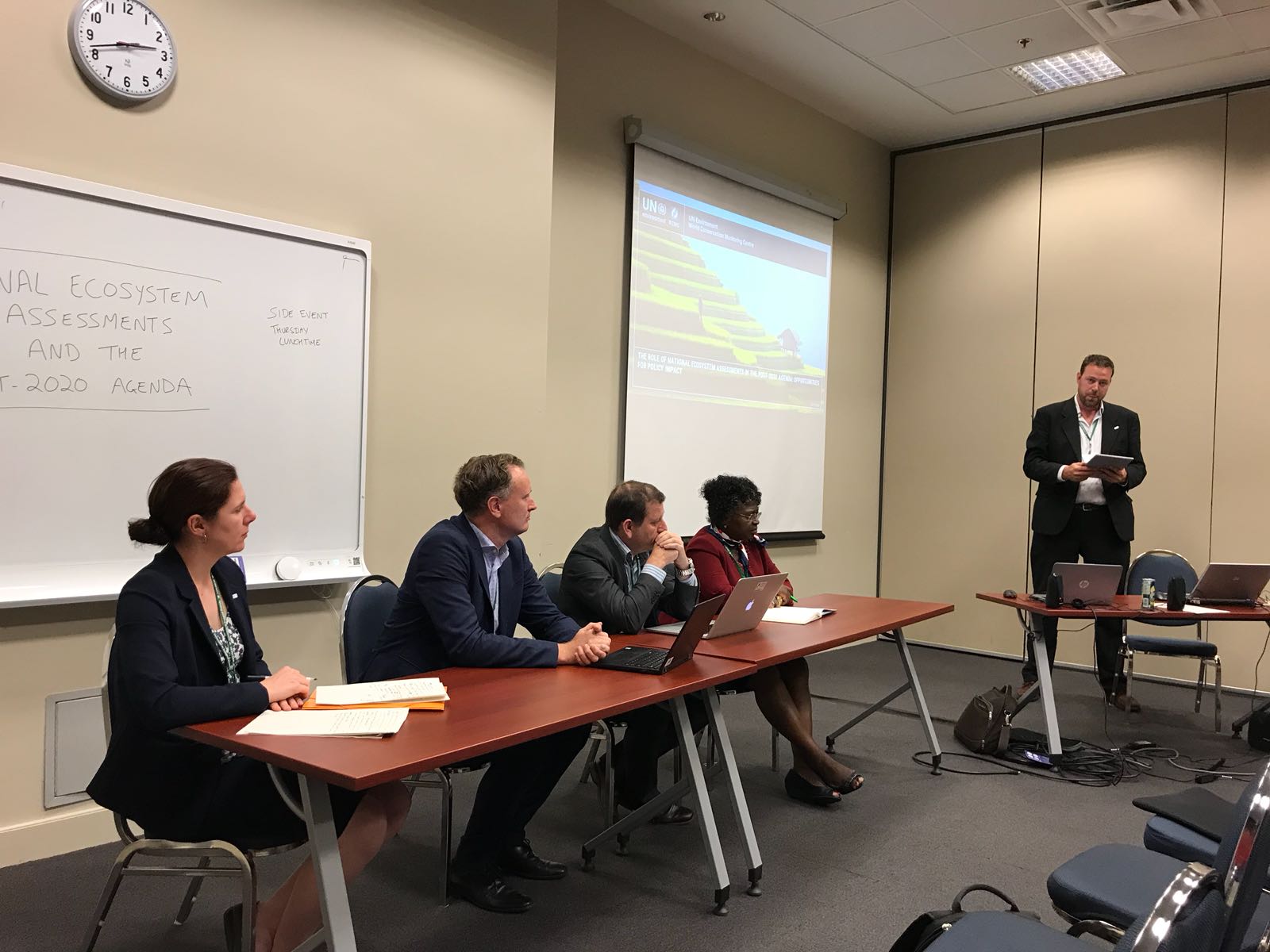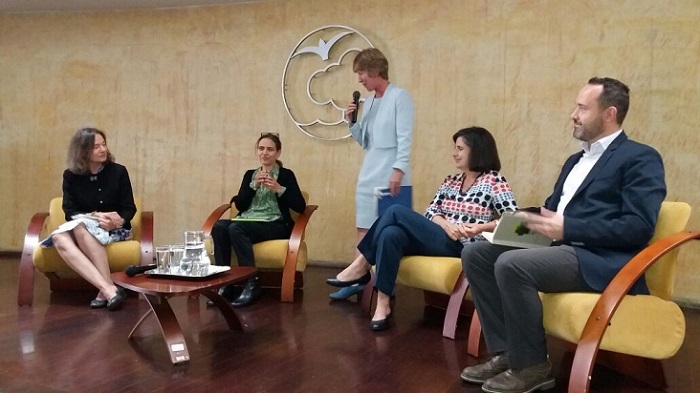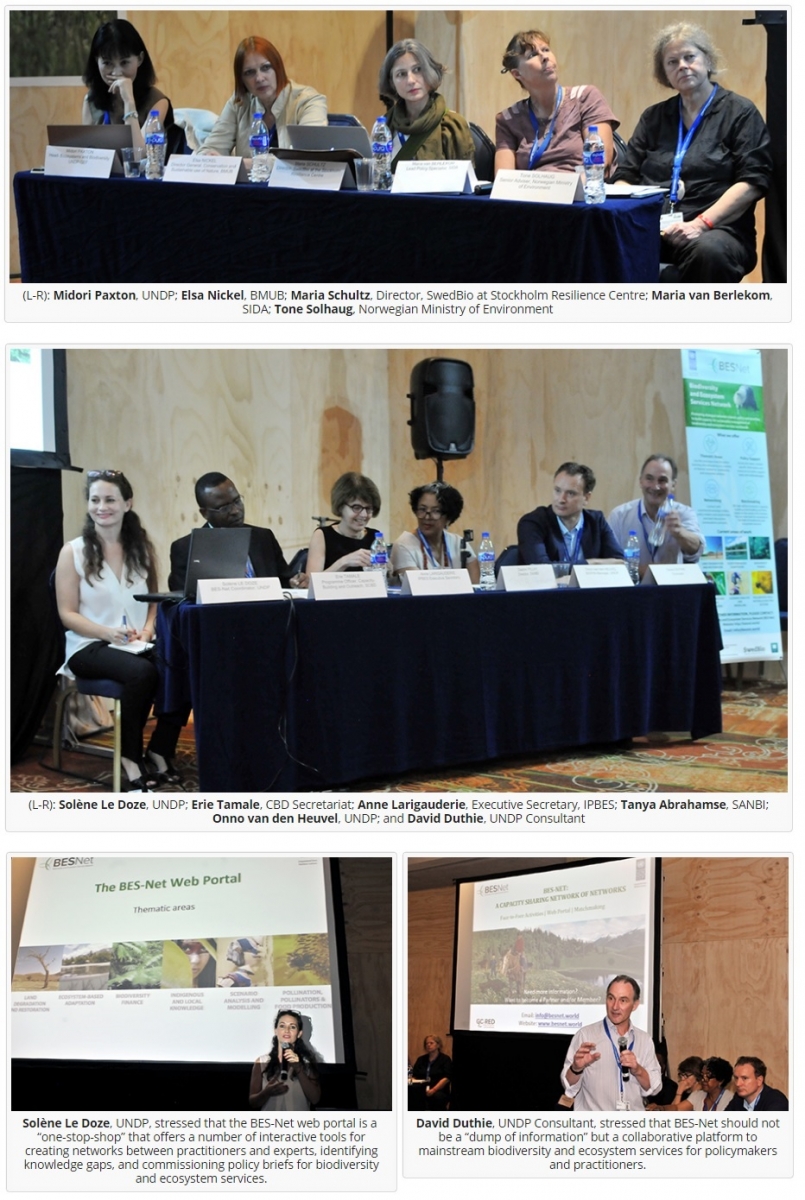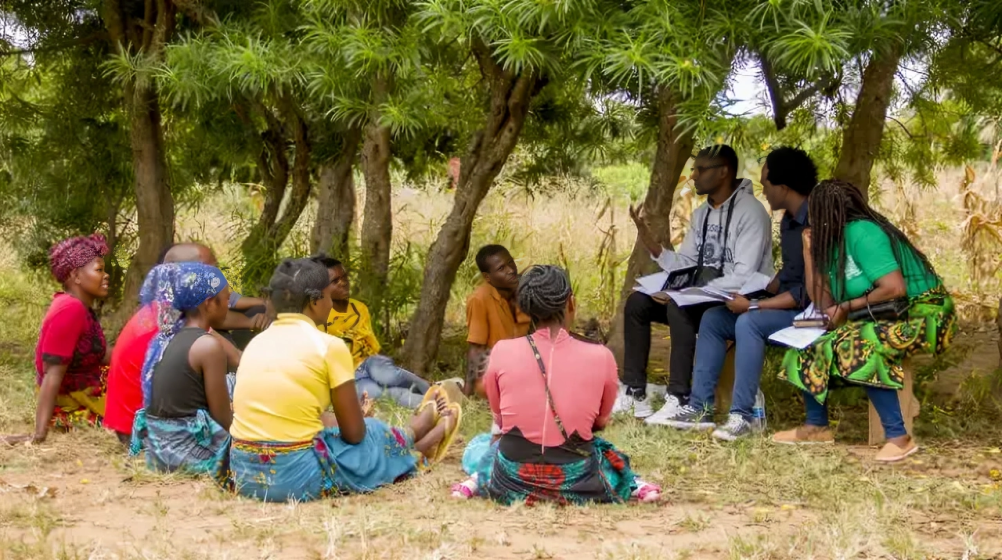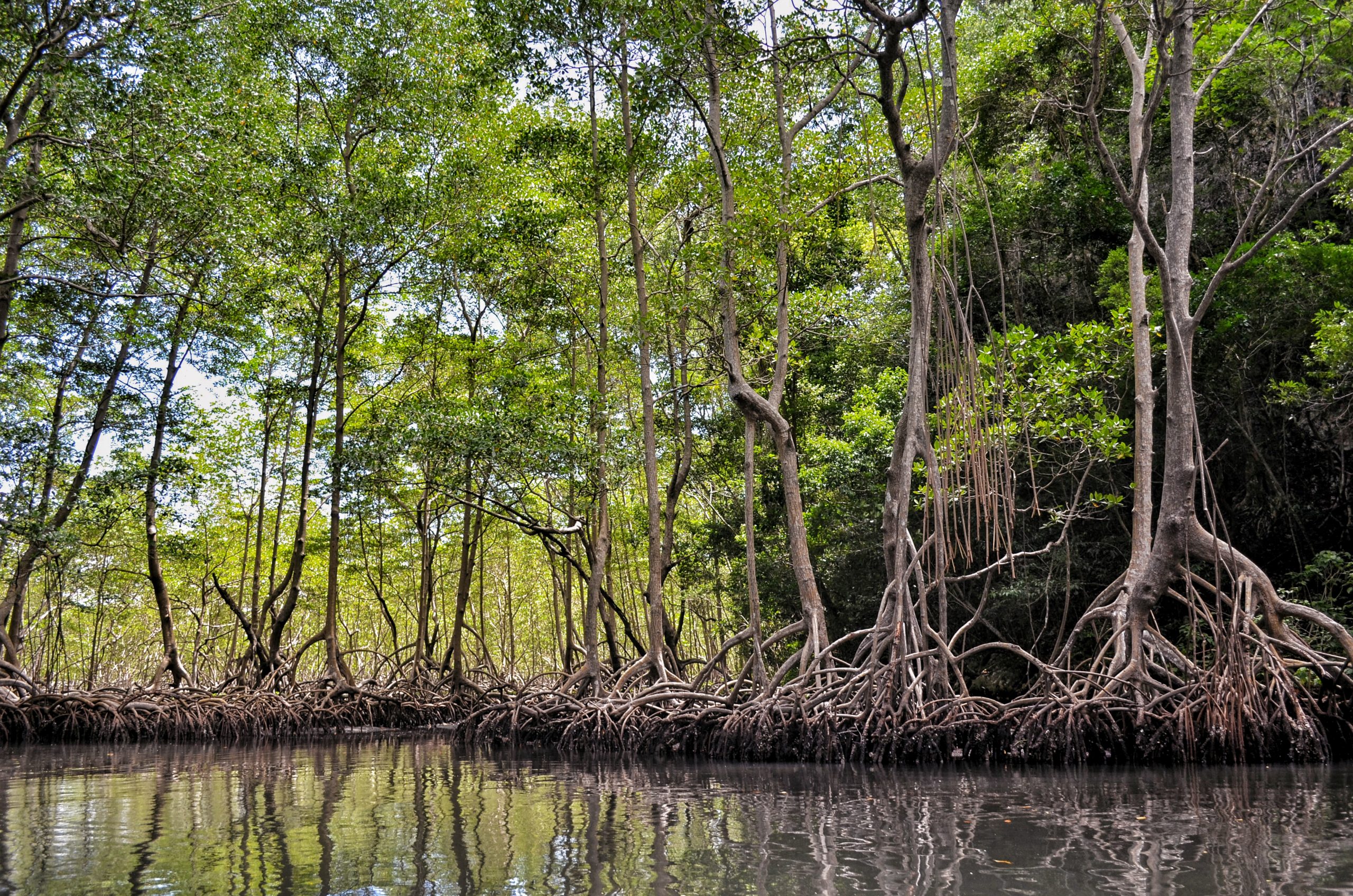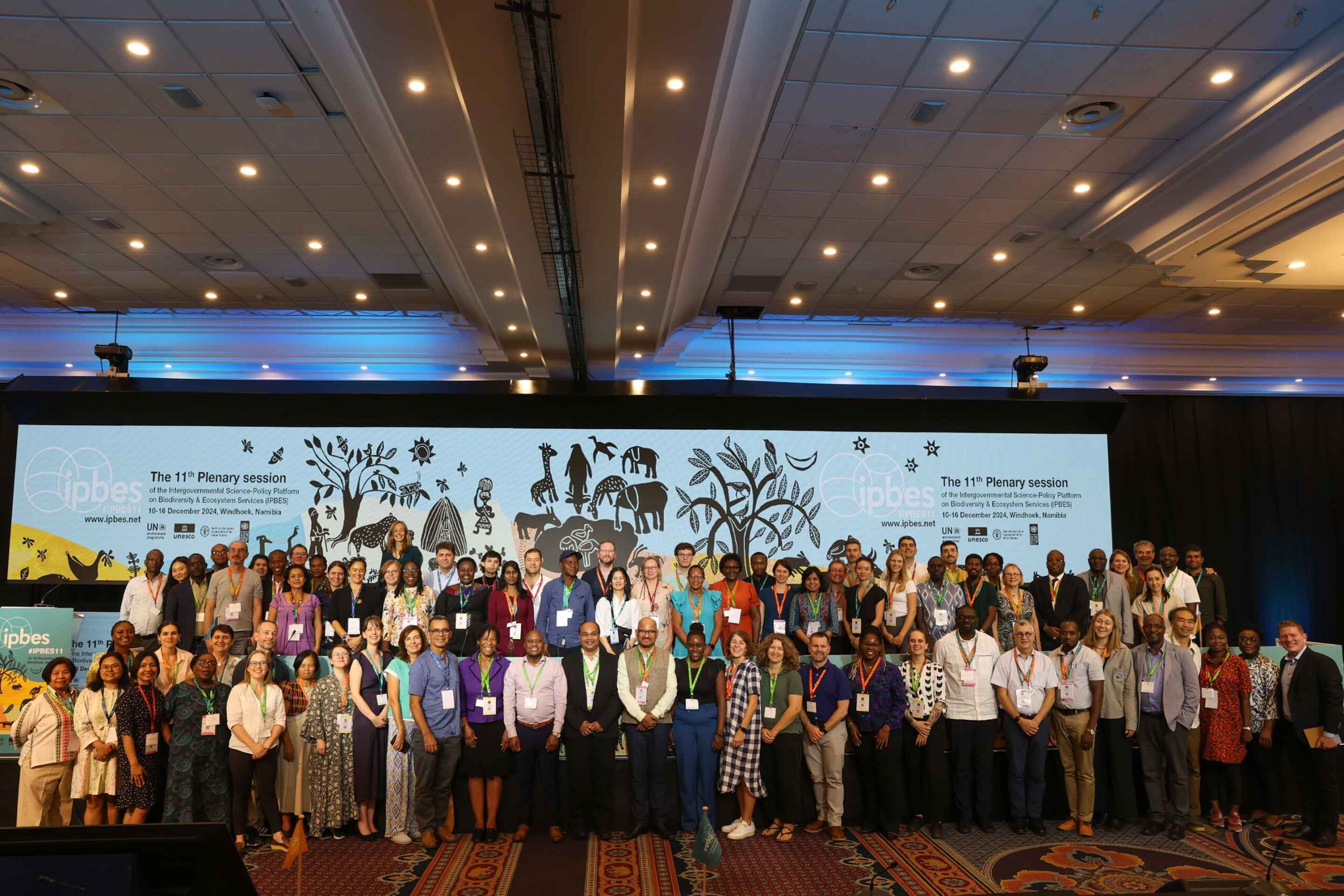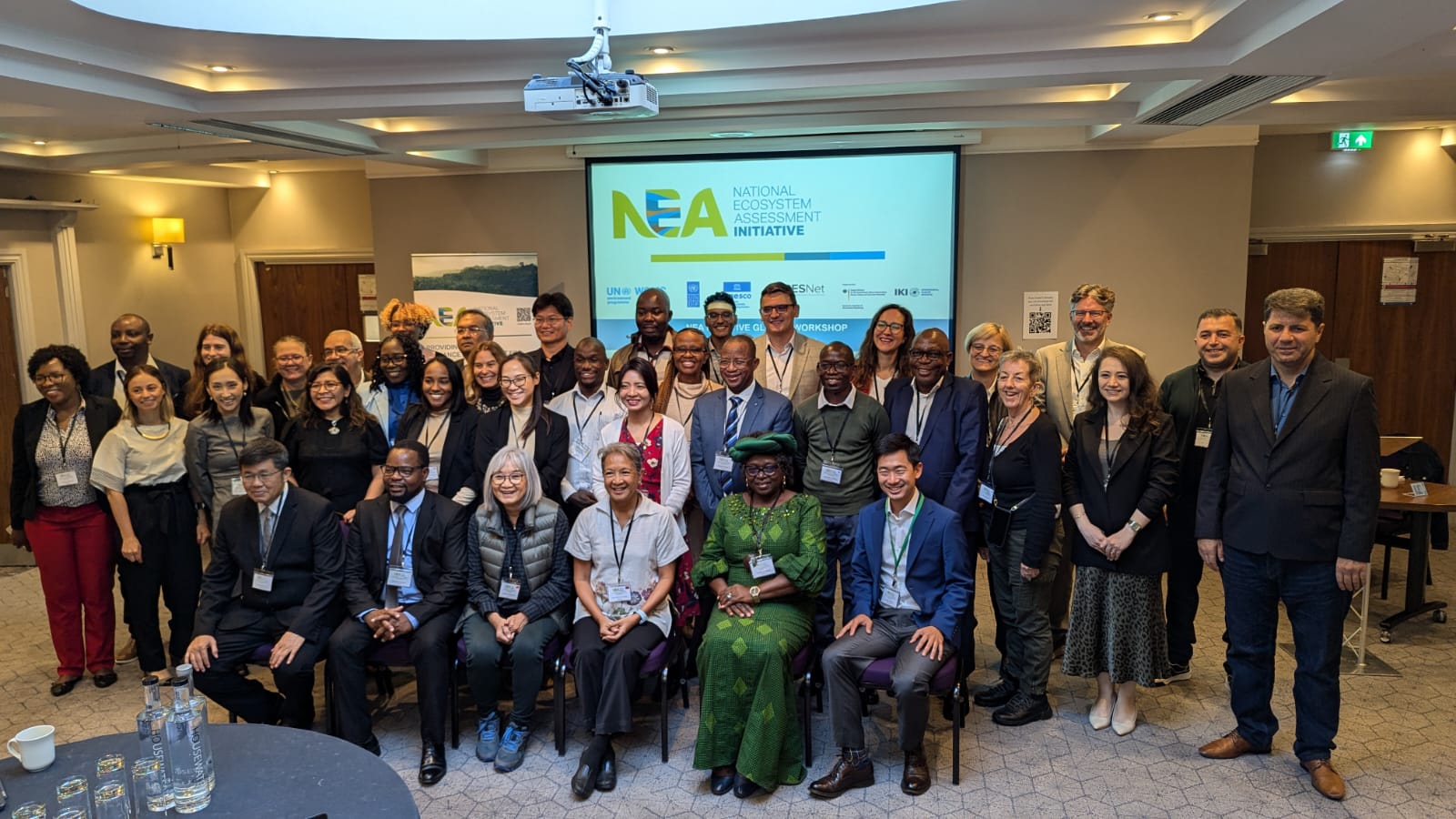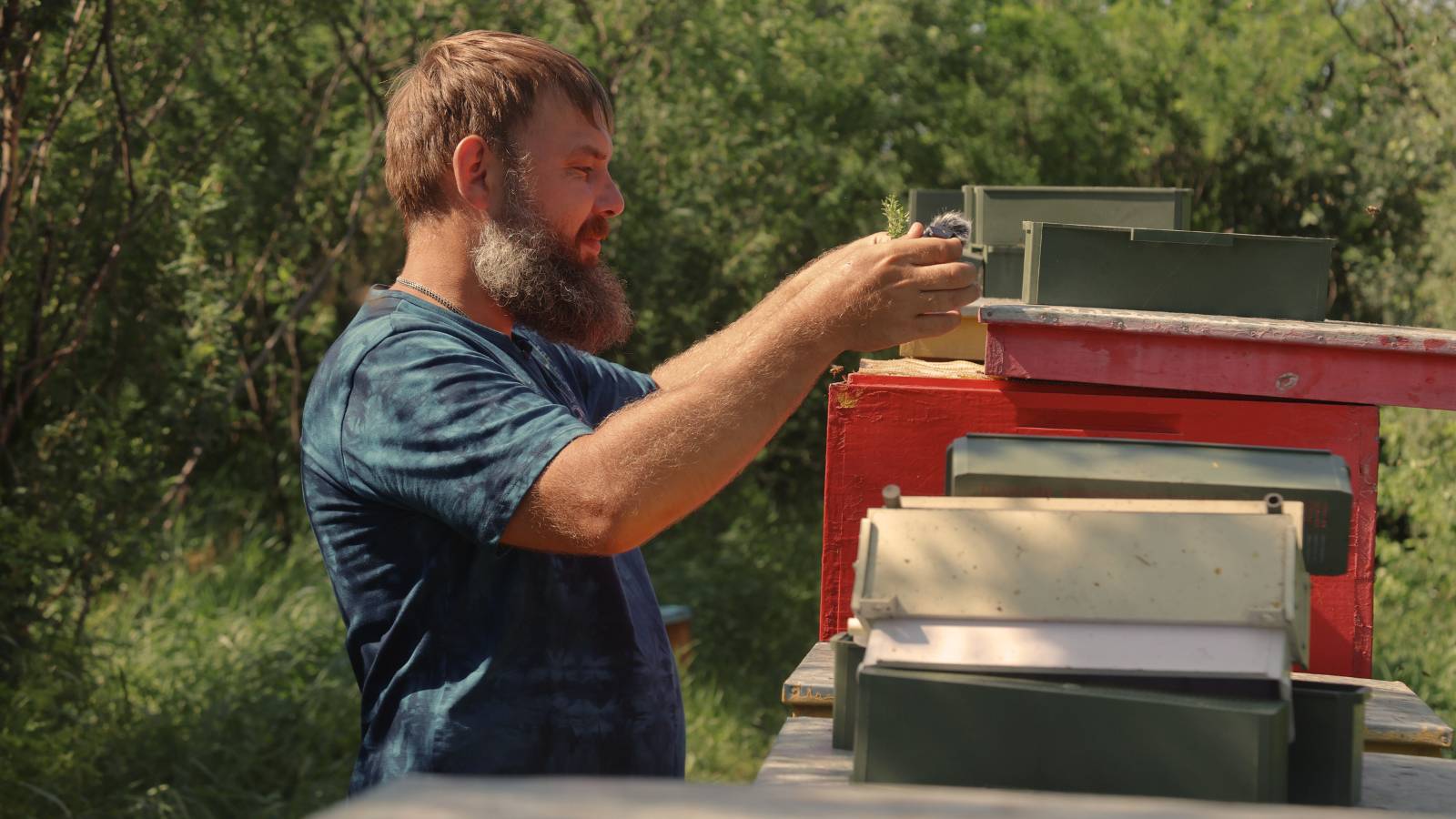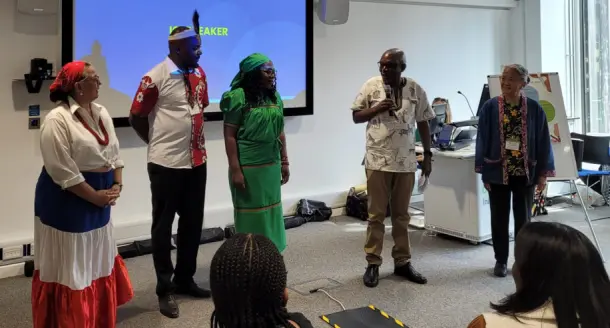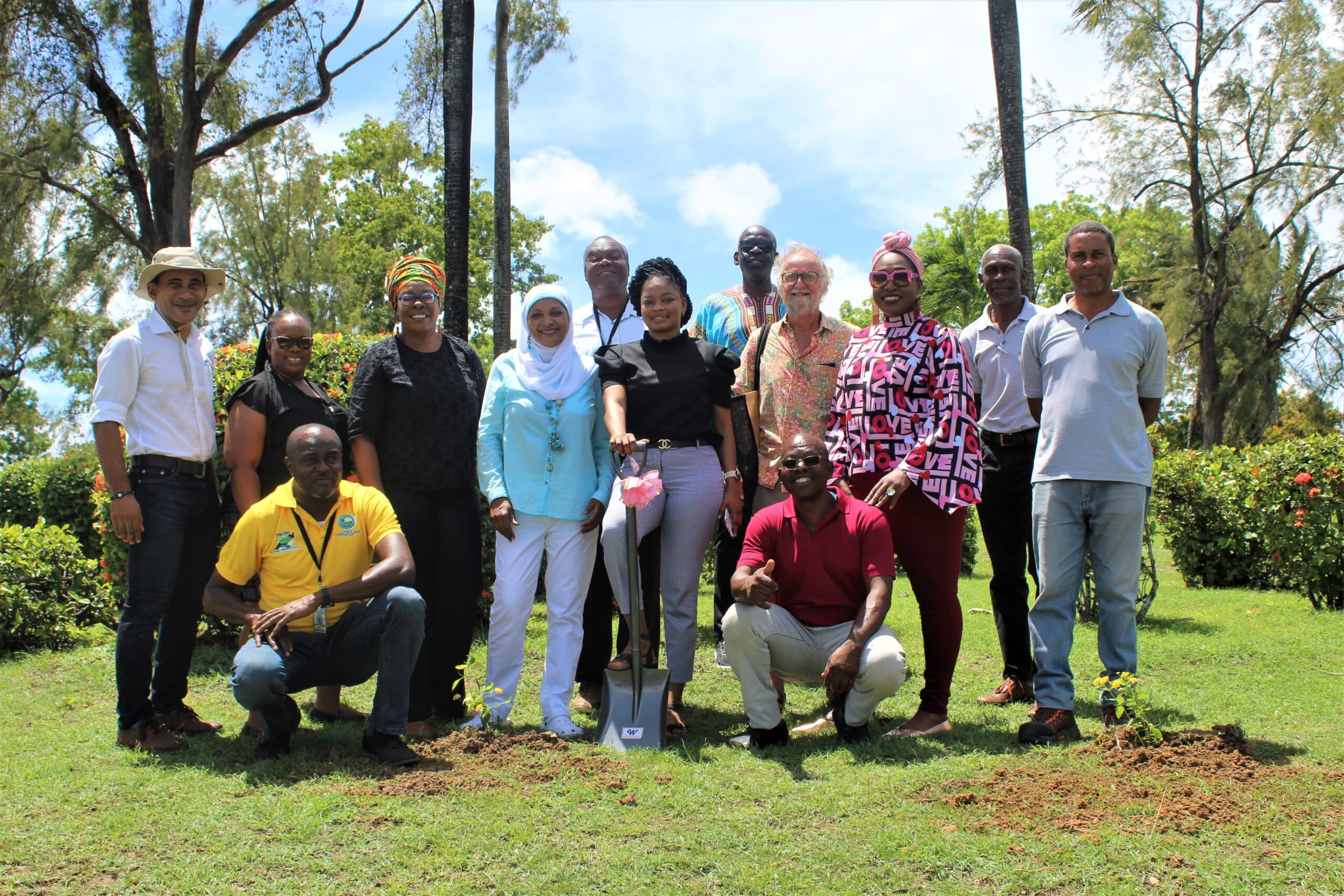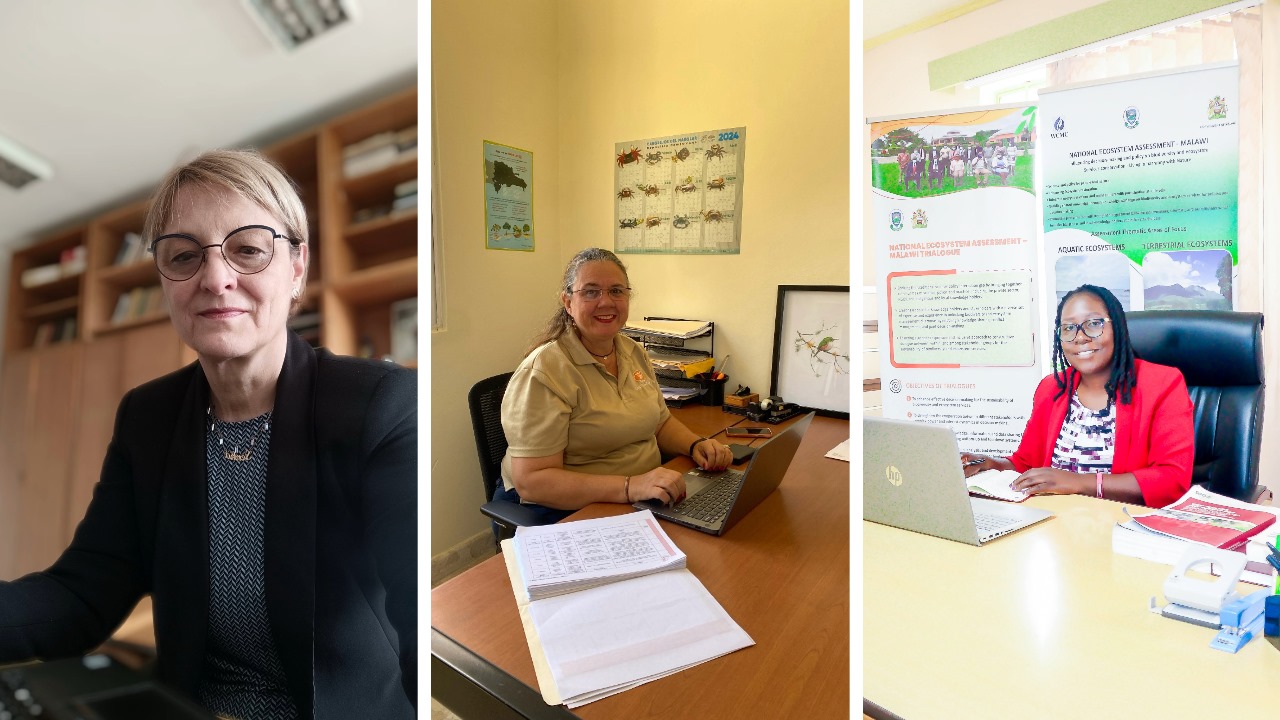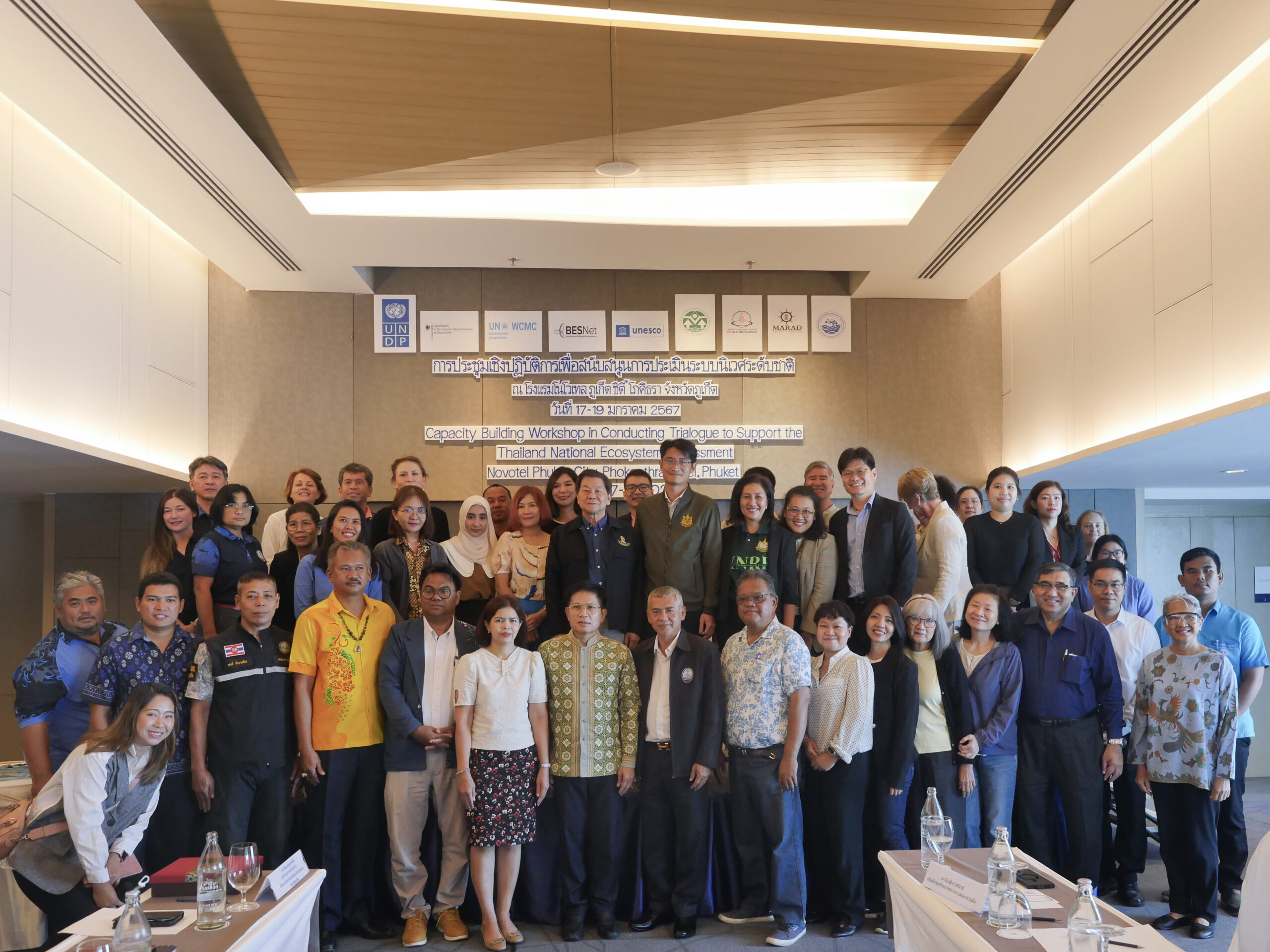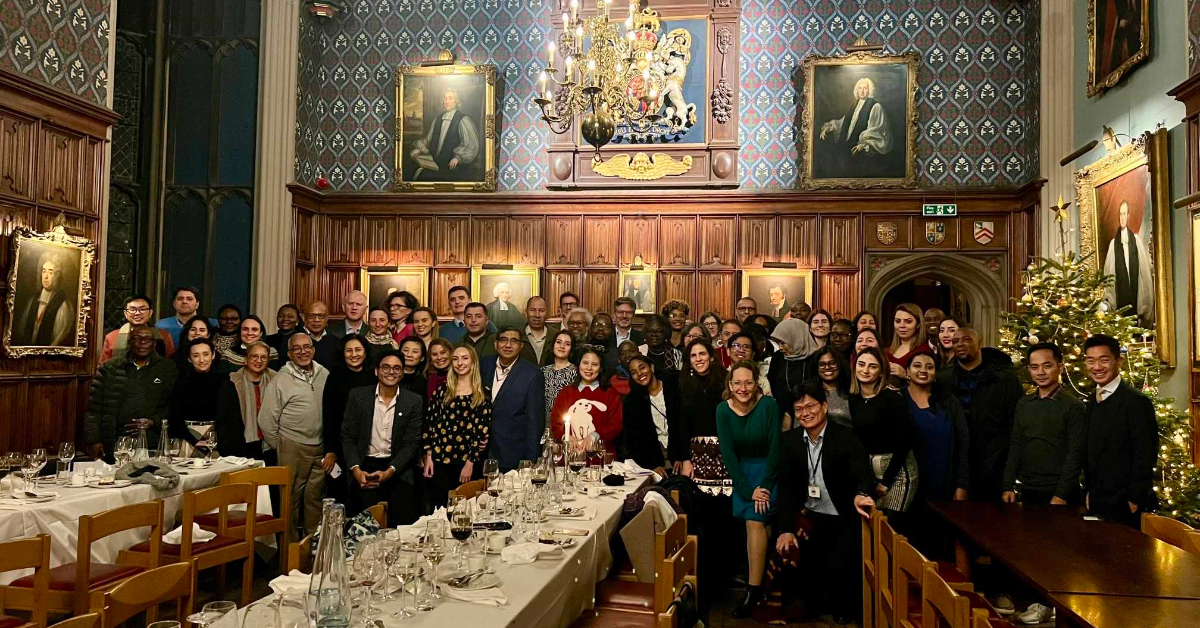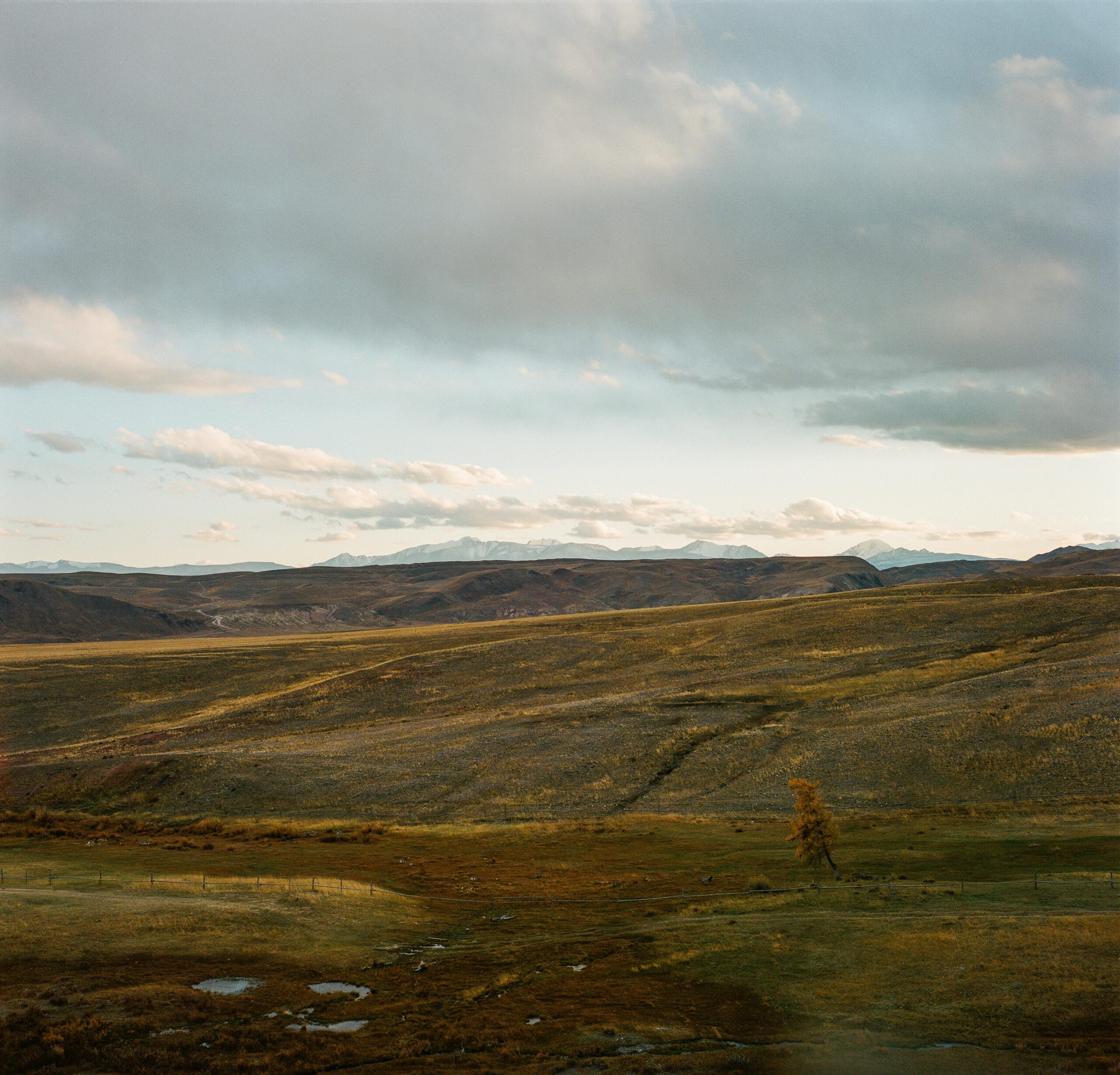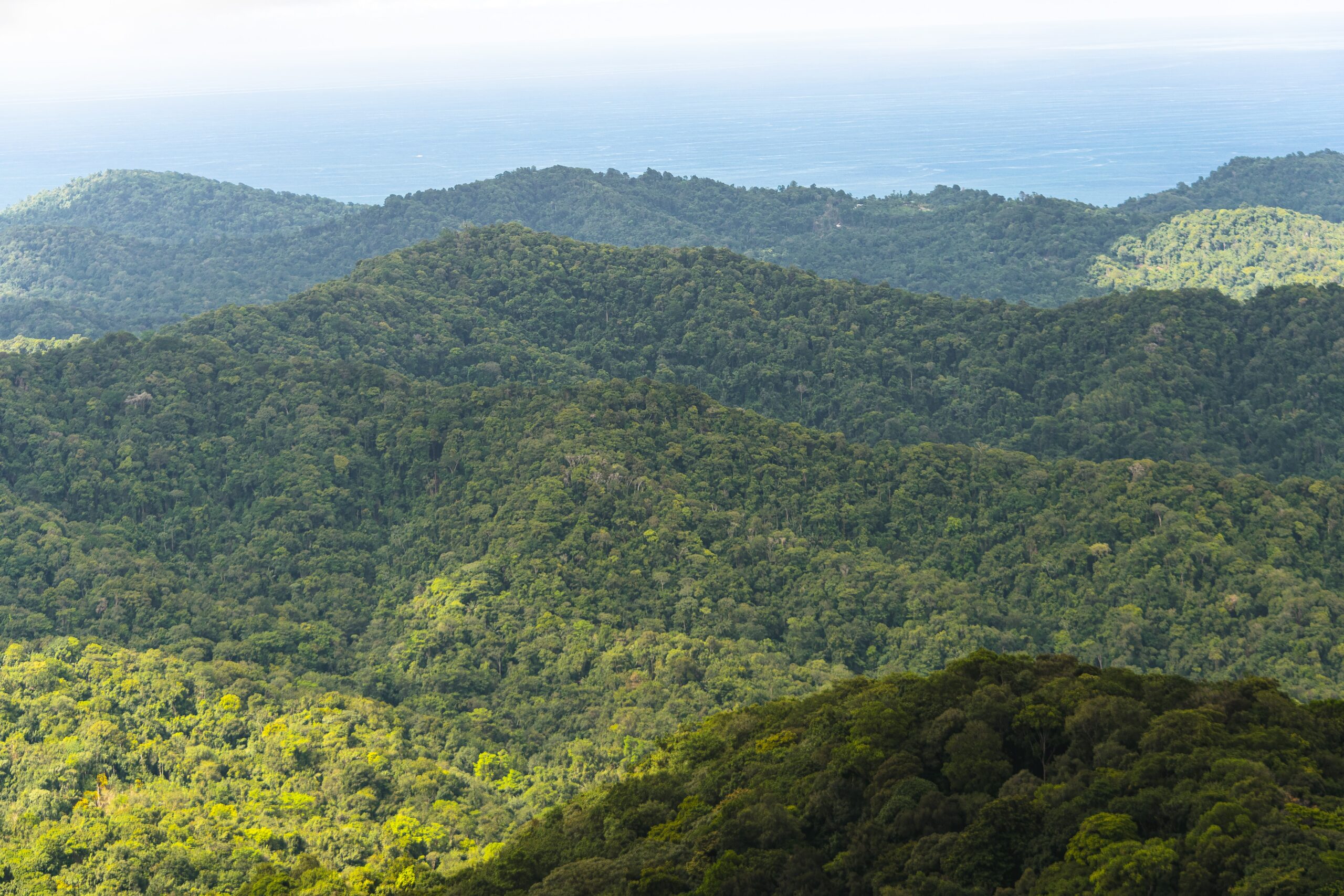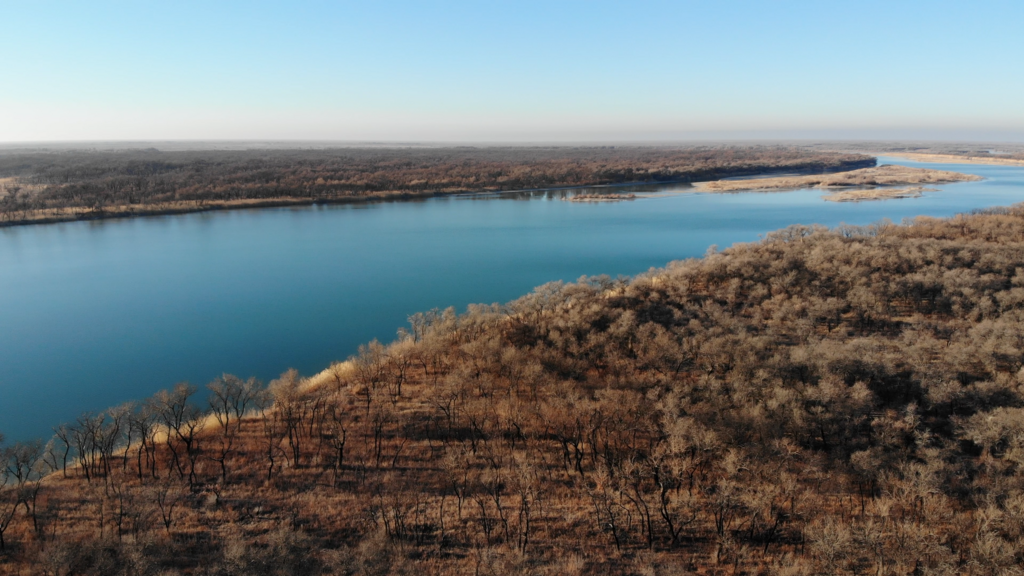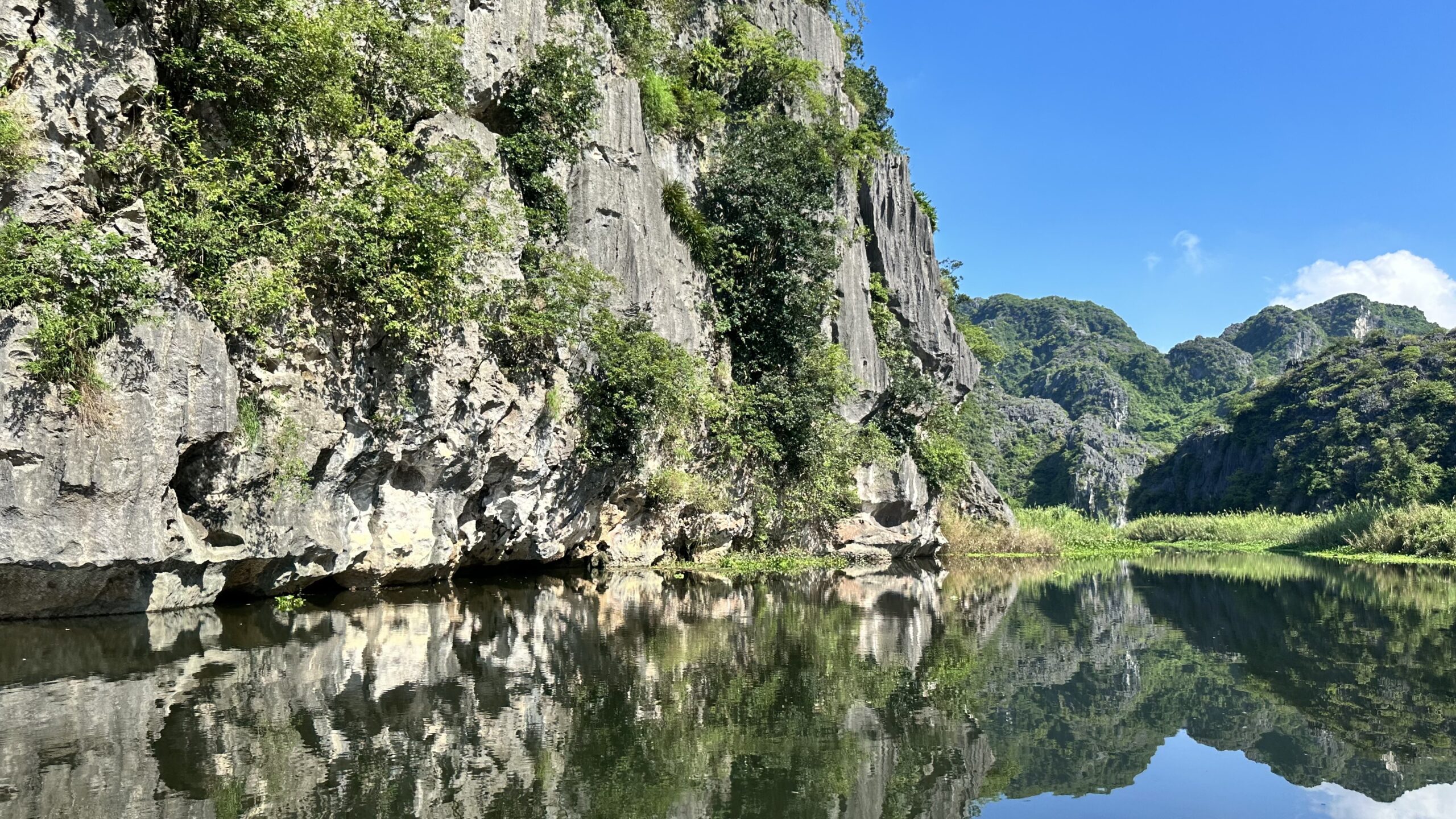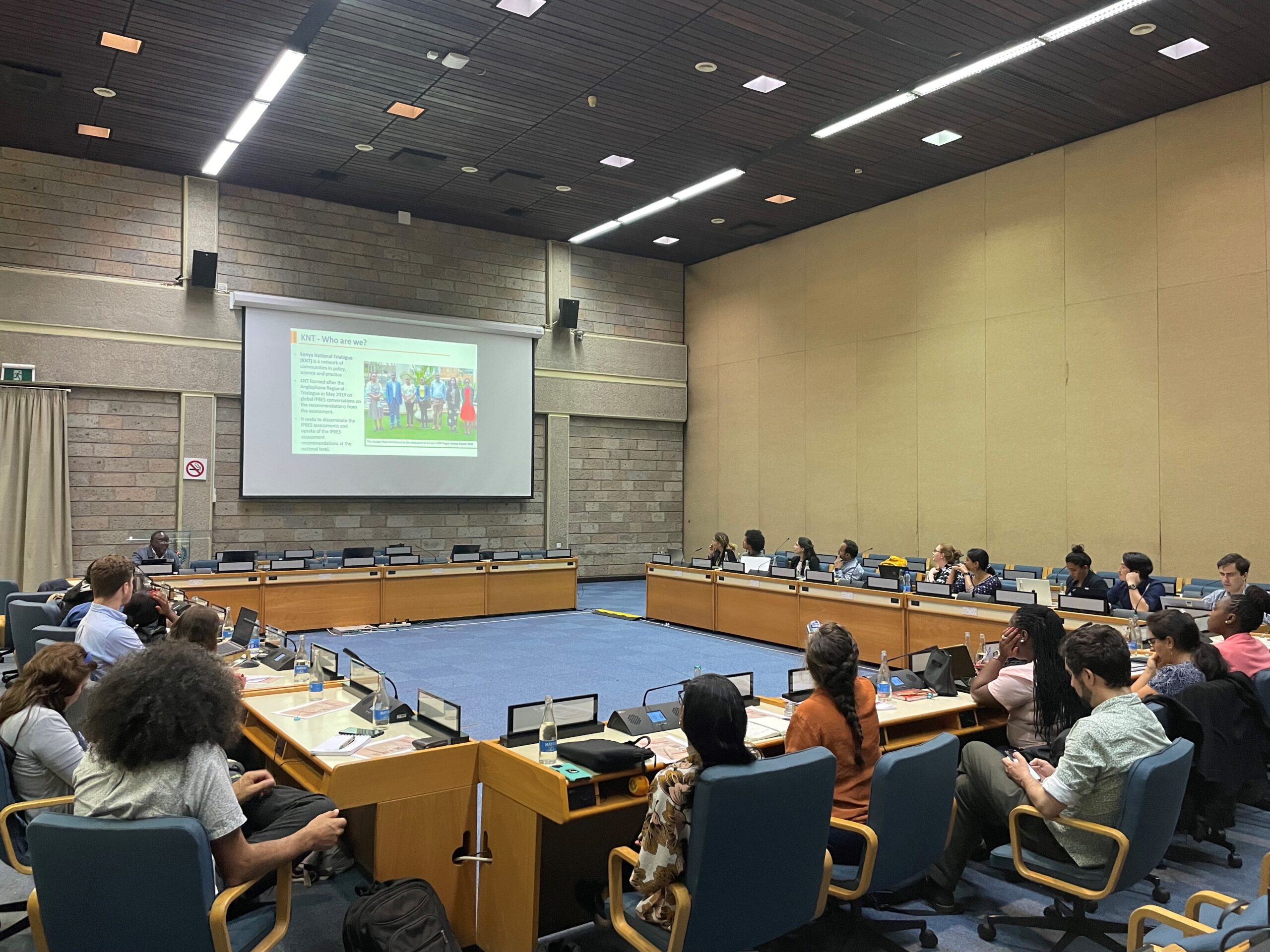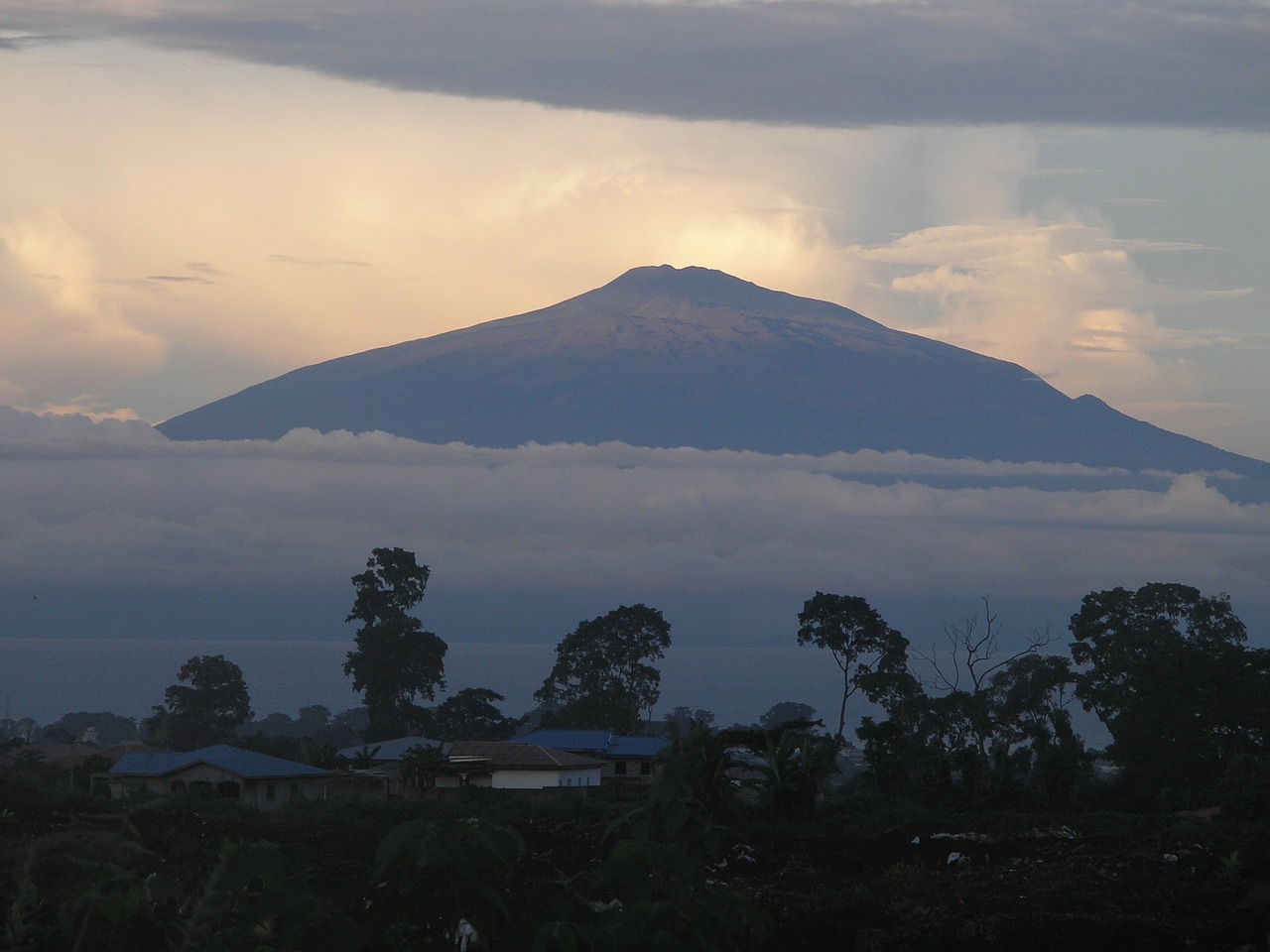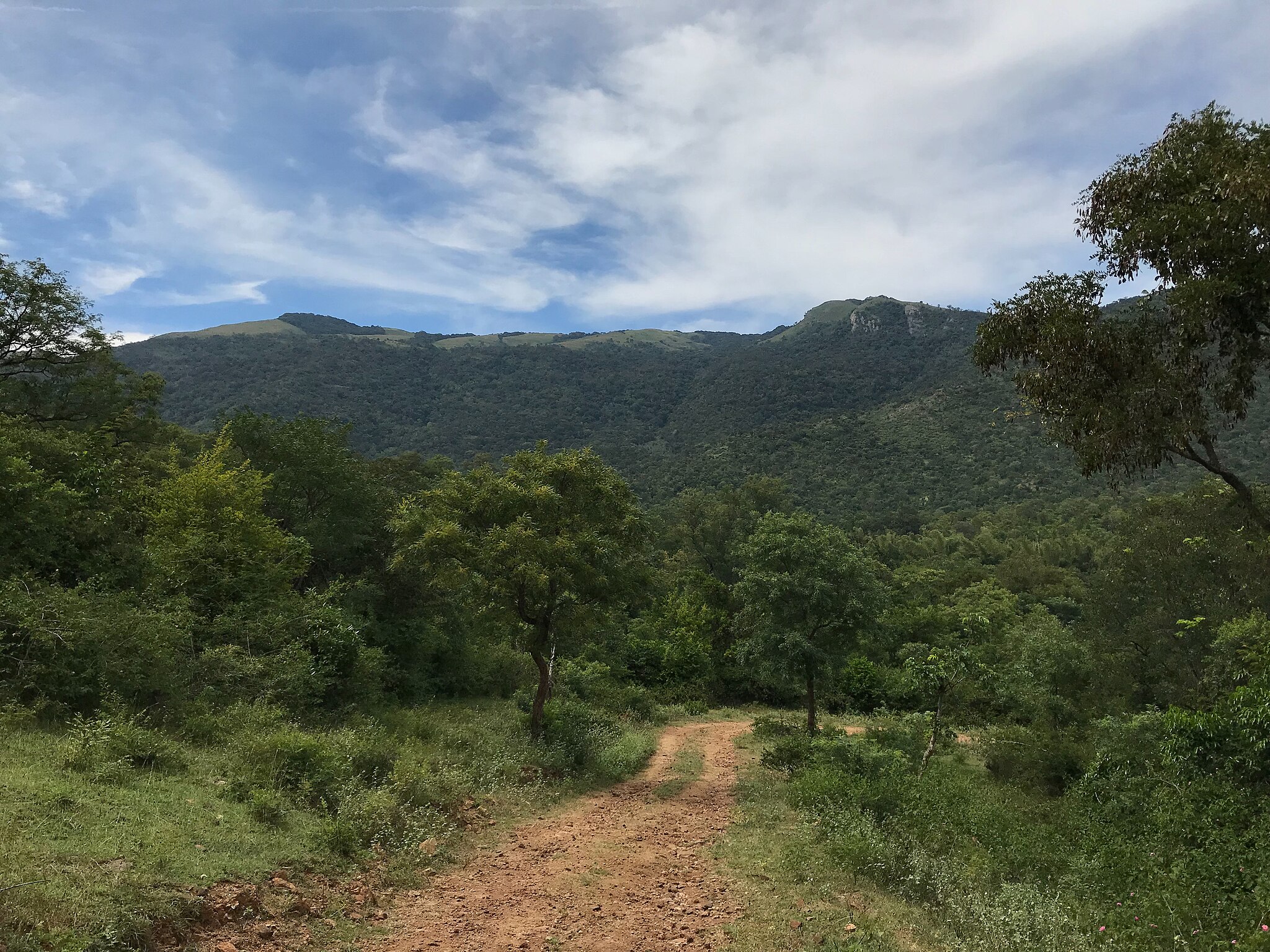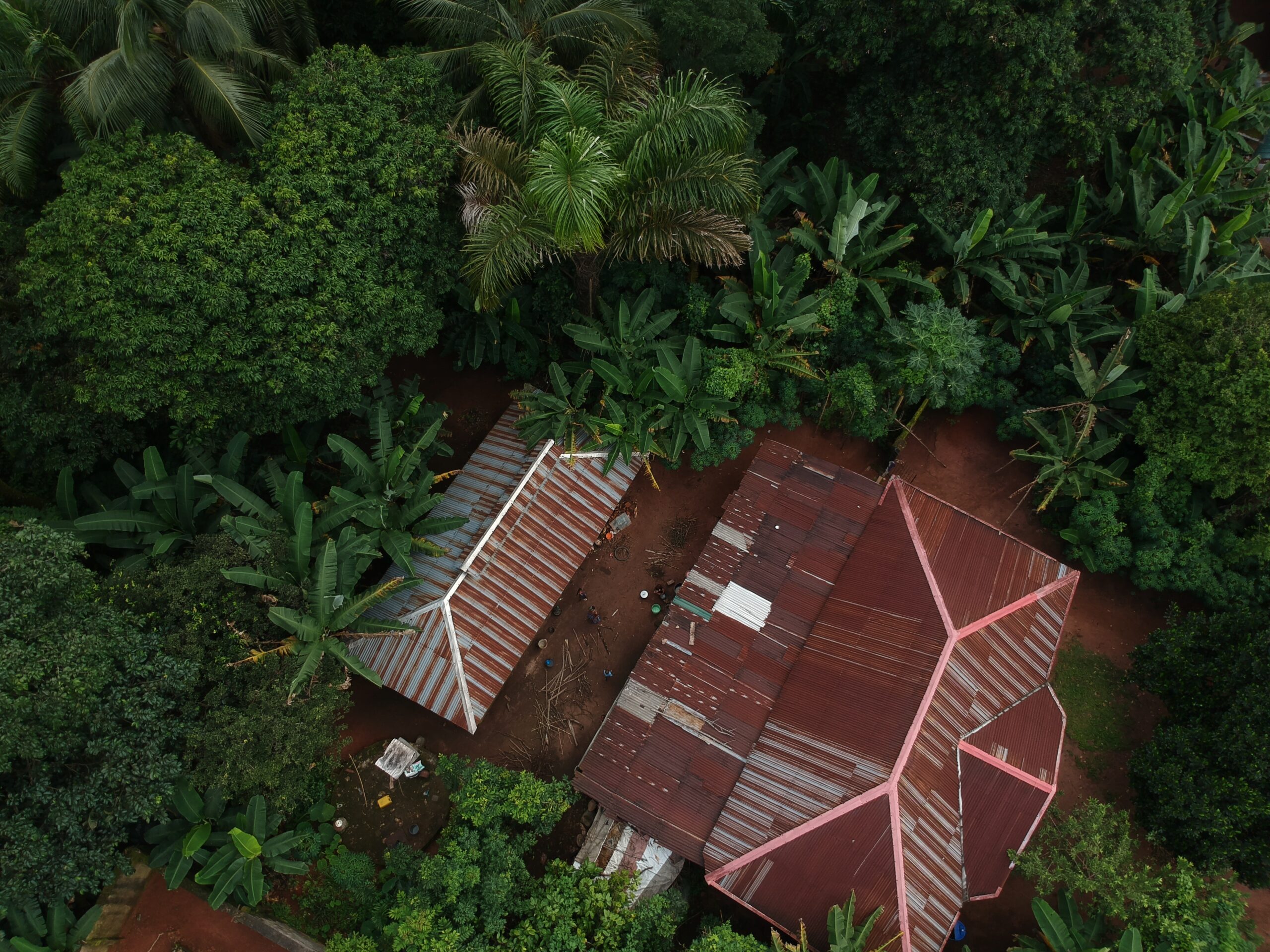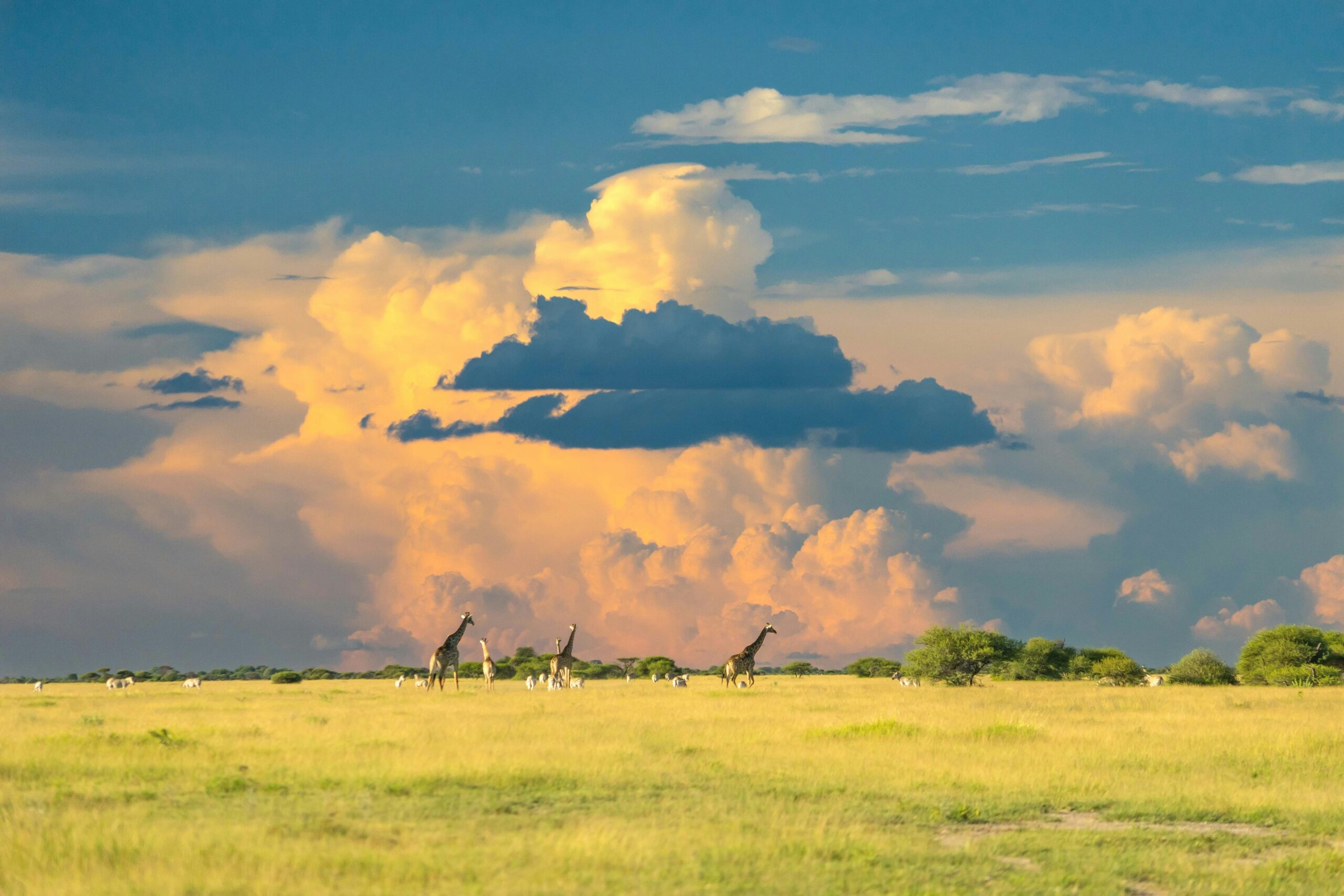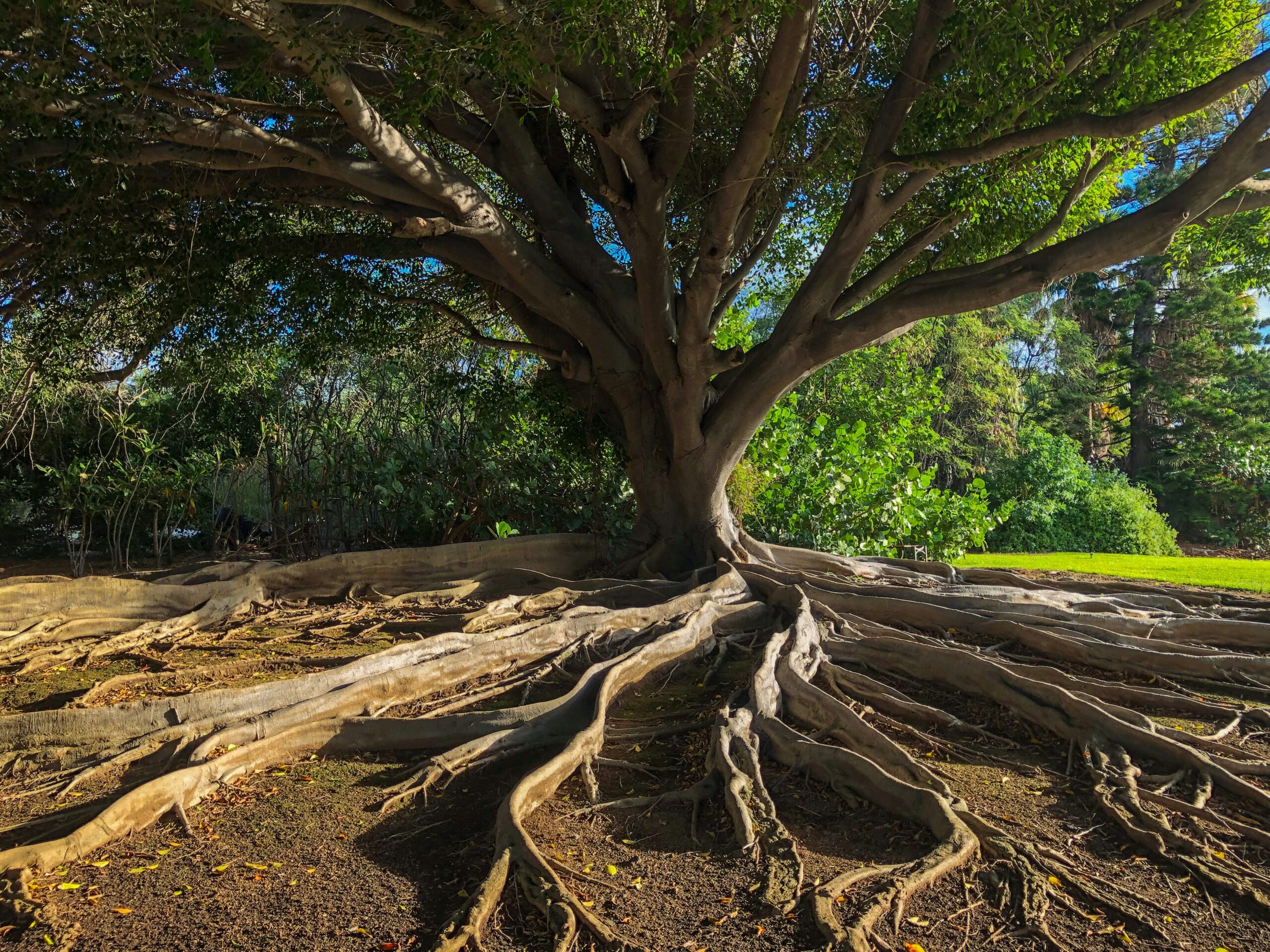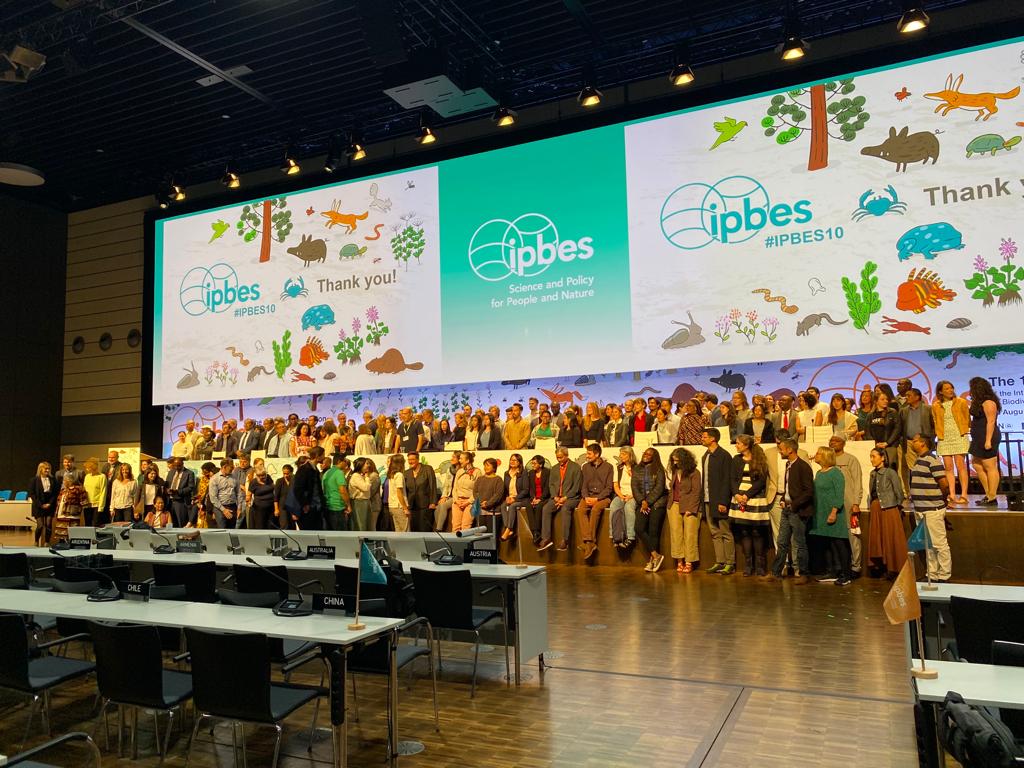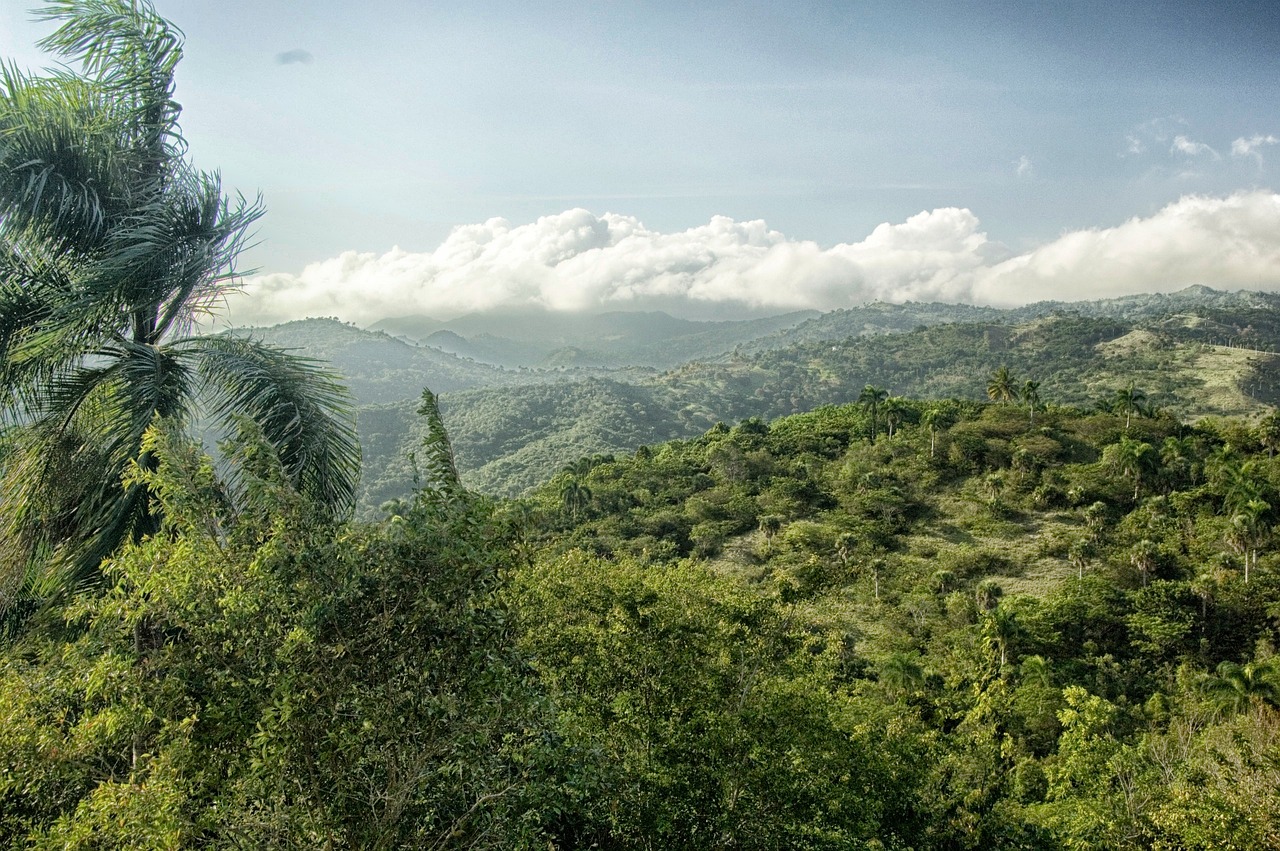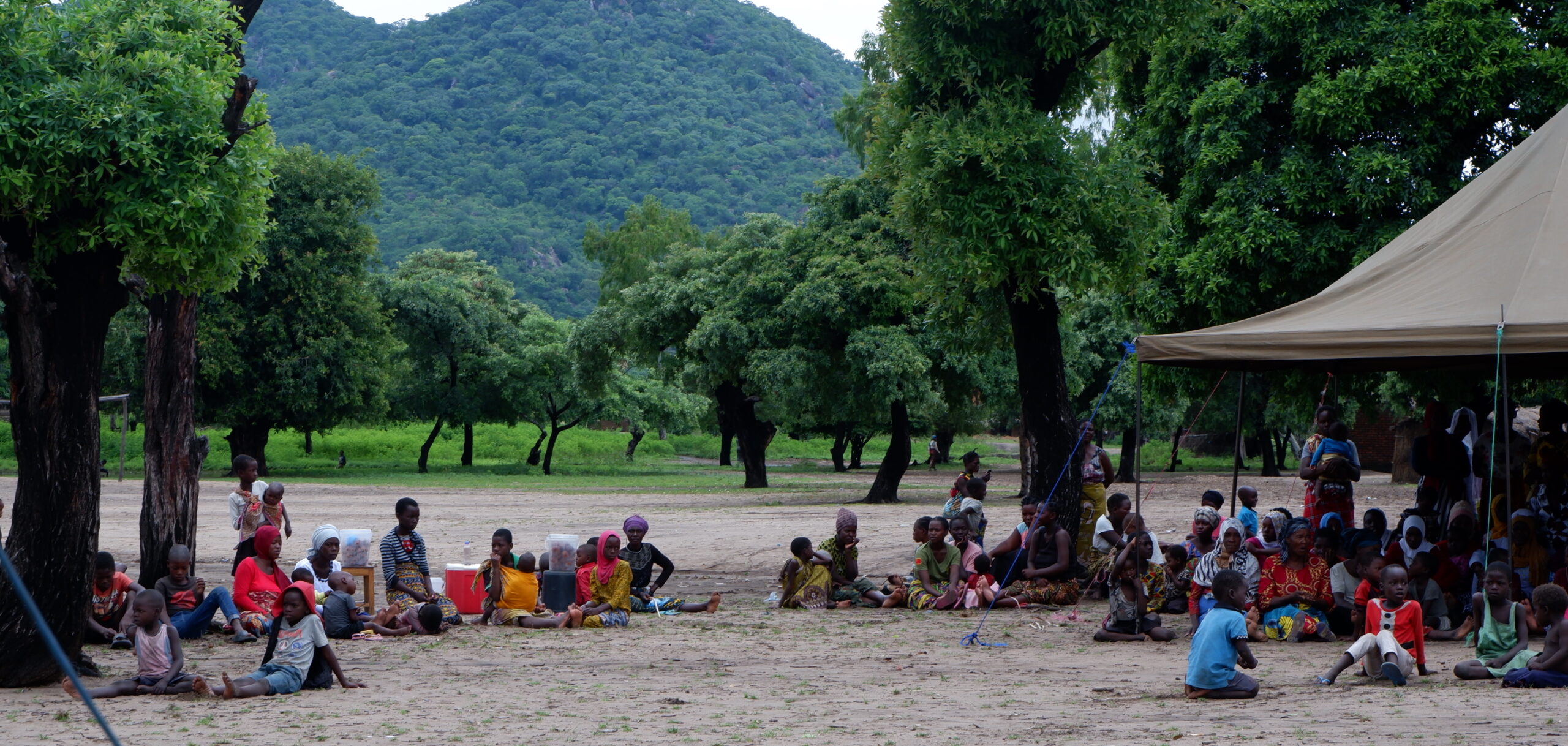Expert Corner: Sander Jacobs on the Underrated Contributions of Nature

Photo by Quangpraha on Pixabay
Photo by Quangpraha on Pixabay

Prof. Sander Jacobs is an ecological economist and senior researcher at the Institute for Nature and Forest, research group Nature & Society, coordinating the urban ecology research programme. He is also a coordinating lead author for IPBES, working on the diverse values of nature. He teaches human and political ecology at Ghent University and is the topic editor for several journals.
A conversation with Prof. Sander Jacobs on the key messages of the Methodological Assessment on the Diverse Values and Valuation of Nature and the solutions it offers to decision makers.
According to the report, the causes of the global biodiversity crisis and the opportunities to address them are tightly linked to how nature is valued in political and economic decisions at all levels. Can you share more?

Photo by Quangpraha on Pixabay
Photo by Quangpraha on Pixabay
The report highlights that the values of nature are multiple, diverse and interconnected. This idea elevates the level of complexity of nature’s valuations. The report suggests the need to balance various sets of values underpinned by different knowledge systems, experiences and worldviews.
Most valuations prioritize single aspects, such as market-based instrumental values of natural resources or ecological values of nature reserves. However, in the long term, these non-plural valuations are risky as they rely only on a single perspective, which ignores how nature contributes to people’s well-being in reality.

Photo by Mahamevnawa Mahaviharaya on Pixabay
Photo by Mahamevnawa Mahaviharaya on Pixabay

Photo by Sasin Tipchai on Pixabay
Photo by Sasin Tipchai on Pixabay
The report provides a comprehensive typology of nature's values to help decision makers better understand how people with different worldviews and knowledge systems conceive and value nature. This typology hinges on four perspectives: living from, with, in and as nature. Could you share more about this framework?

Photo by Quangpraha on Pixabay
Photo by Quangpraha on Pixabay
Precisely because of the richness and diversity of worldviews, it is challenging to define one set of nature’s values in a universally acceptable way. Thus, the report comes up with a values typology to underline the interrelations between the diverse values of nature. Take the example of a flock of sheep with a herder: their livelihood can be measured in euros, the meat or wool production in kilos, the ecological function of the herd in hectares of ecologically improved grasslands, its cultural heritage value in appearance of pictures, and its own sense of identity and belonging through narratives.
This typology is more extensive, as it includes other dimensions such as specific and broad values. This vision is dynamic, and the key life frames (living from, with, in and as nature) are not mutually exclusive but metaphorically seen as light bulbs illuminating the object from different angles and with a different light. Which light bulb you decide to turn on depends on your spiritual and cultural beliefs as well as society’s informal social conventions and formal legal rules.
The report lists several values associated with nature’s contributions to people. In your opinion, what was the most overlooked value and why?
On a global scale, decisions are often made based on instrumental values prioritizing nature’s material contributions to people. Food and energy are the most evident examples, given their tangible, universally understood measurable value. The need for these valuations is clear, as these aspects are linked to the maintenance and distribution of benefits. Most of these evaluations are based on the living from nature perspective. On the other hand, nature protection and restoration policies are underpinned by quantitative biodiversity indicators, which depart from the living with perspective. Both valuations ignore a number of value dimensions, most notably essential relational values.
Yet, the most overlooked aspect is the recognition of multiple values and the need for combining and balancing available evaluation methods from different perspectives. For example, in the evaluation of urban development, the risk of focusing exclusively on instrumental values, such as creating jobs, is that intrinsic values are affected, such as the loss of species. Adding a biodiversity evaluation might protect or increase ecological value through the plan but also still risks destroying the links a site has with the local community, heritage or cultural values.
So, while we must accept that evaluation methods are inherently biased, the good news is that there are ways to overcome this and shift decision-making towards the multiple values of nature. The report provides insights on how to design valuation to fit the needs of varying decision-making contexts, considering the “three Rs” – within given resources, we can obtain relevant and robust valuations applying different methods.

Photo by Nattaphat Phau on Pexels
Photo by Nattaphat Phau on Pexels

Photo by Quang Nguyen Vinh on Pexels
Photo by Quang Nguyen Vinh on Pexels
What natural element or place is unique for you and why?

Photo by Tony Cordaro on Pexels
Photo by Tony Cordaro on Pexels
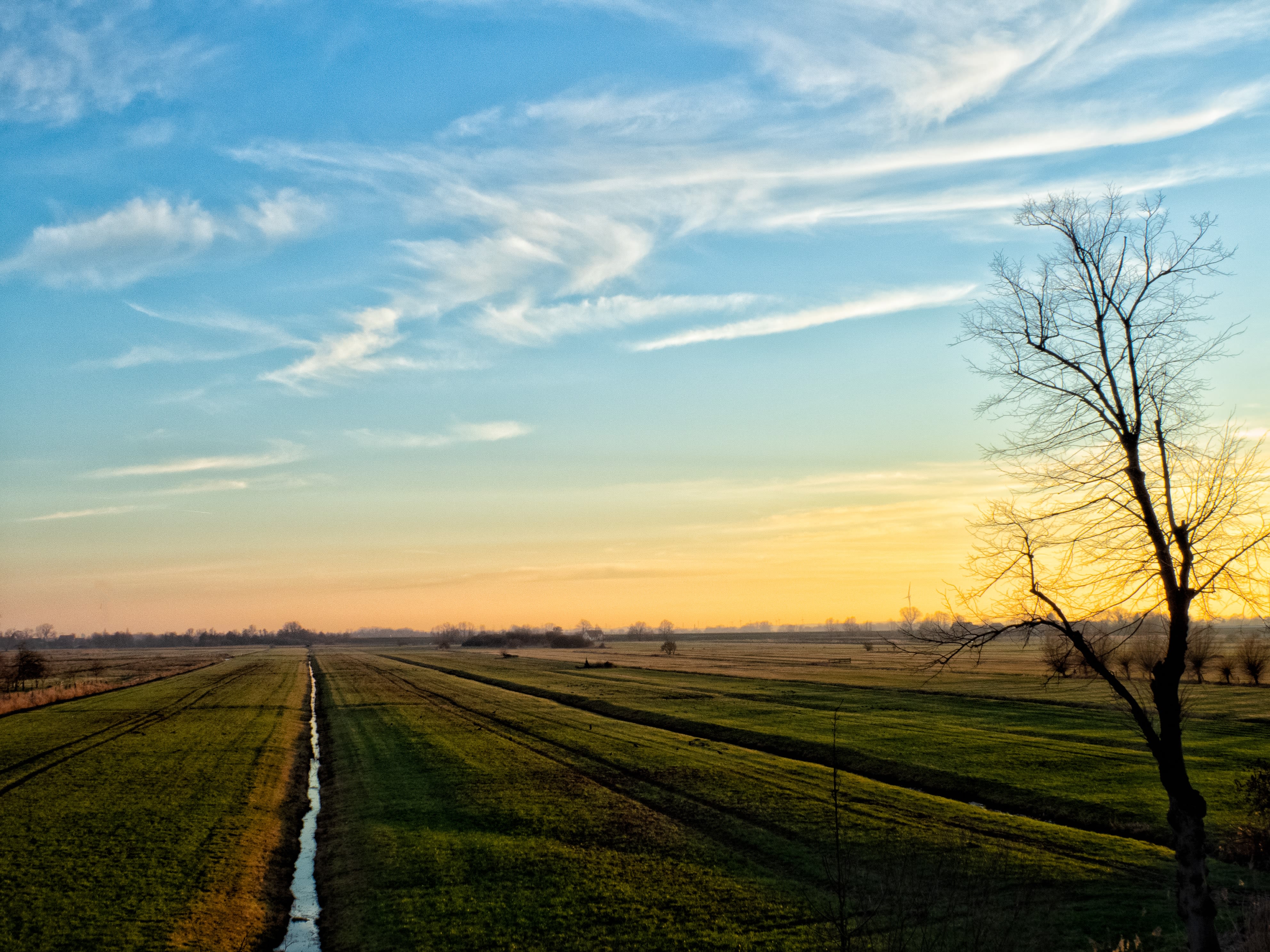
Photo by Ian Wetherril on Unsplash
Photo by Ian Wetherril on Unsplash
There are many moments in which I connect with nature, and these can be as simple as meeting a fox in the early morning, enjoying a blackbird song or the taste of naturally grown vegetables or meat. But a place that holds a unique space in my heart is the area where I grew up. To others, it might seem a man-made, empty landscape, but to me, it holds the stories of the power of the sea, the inventiveness of men, and the unique and rare communities of plants and animals that are the result of centuries of coexistence and collaboration between nature and people. It’s difficult to put into words, but I really feel at home there and connected with the landscape.


